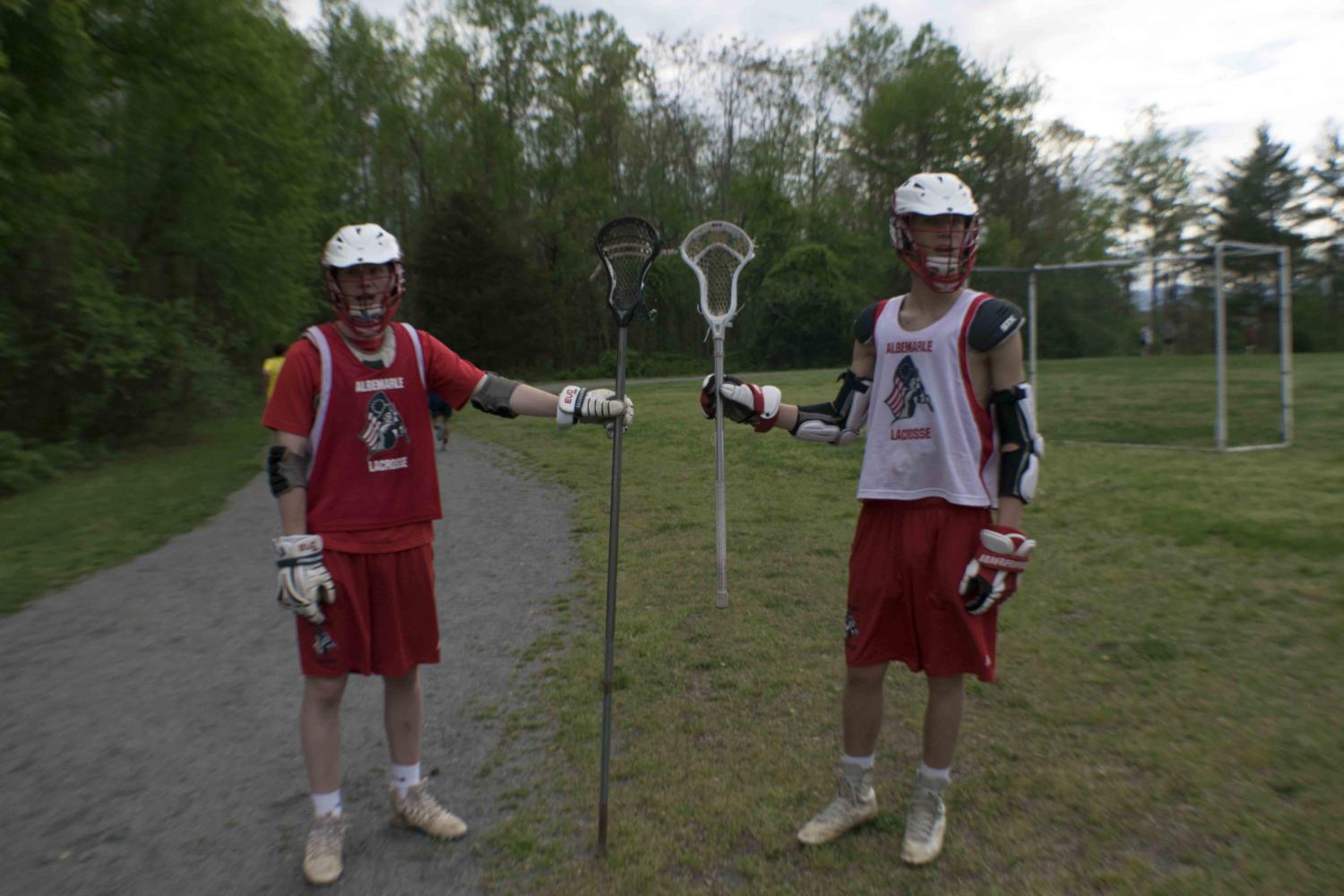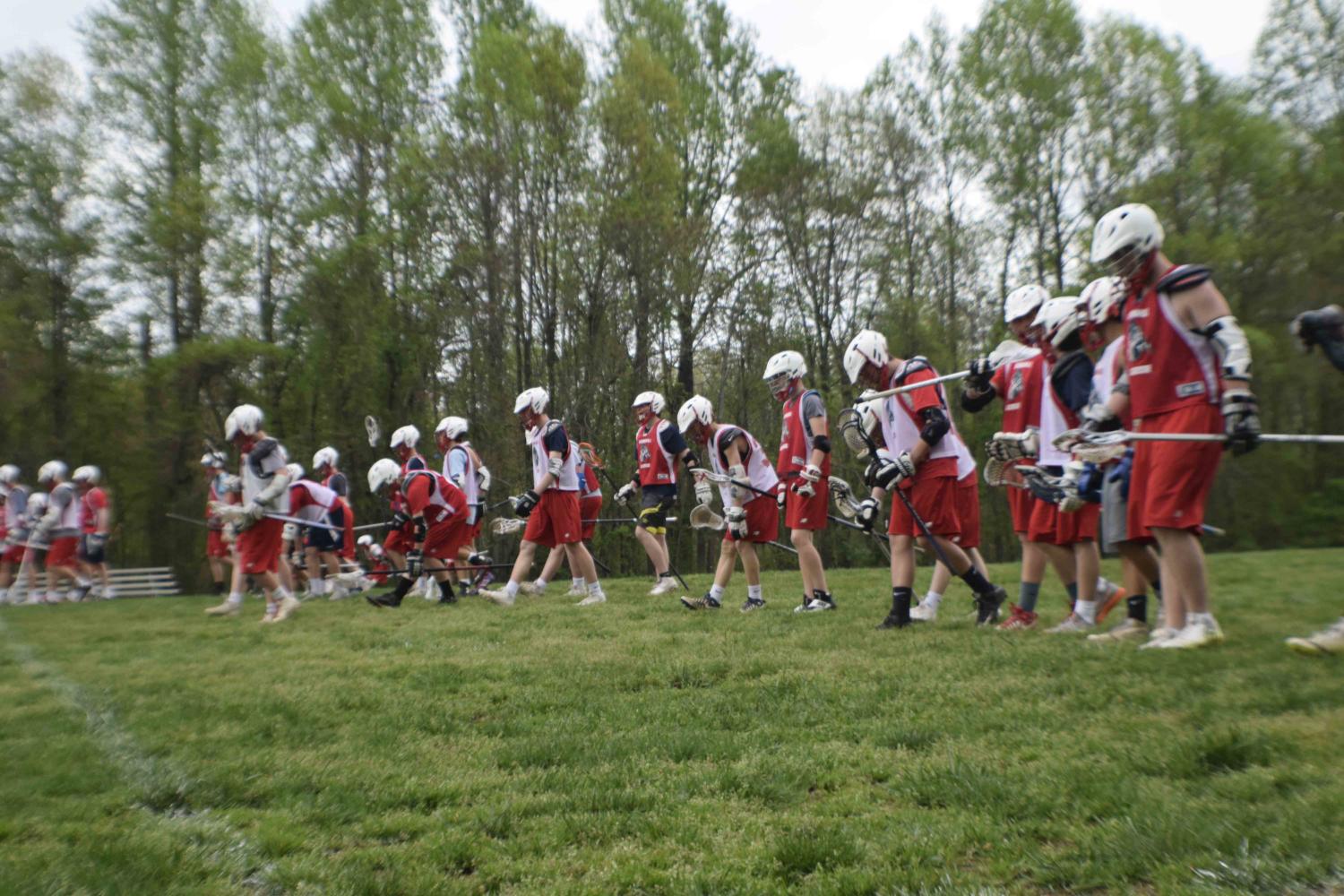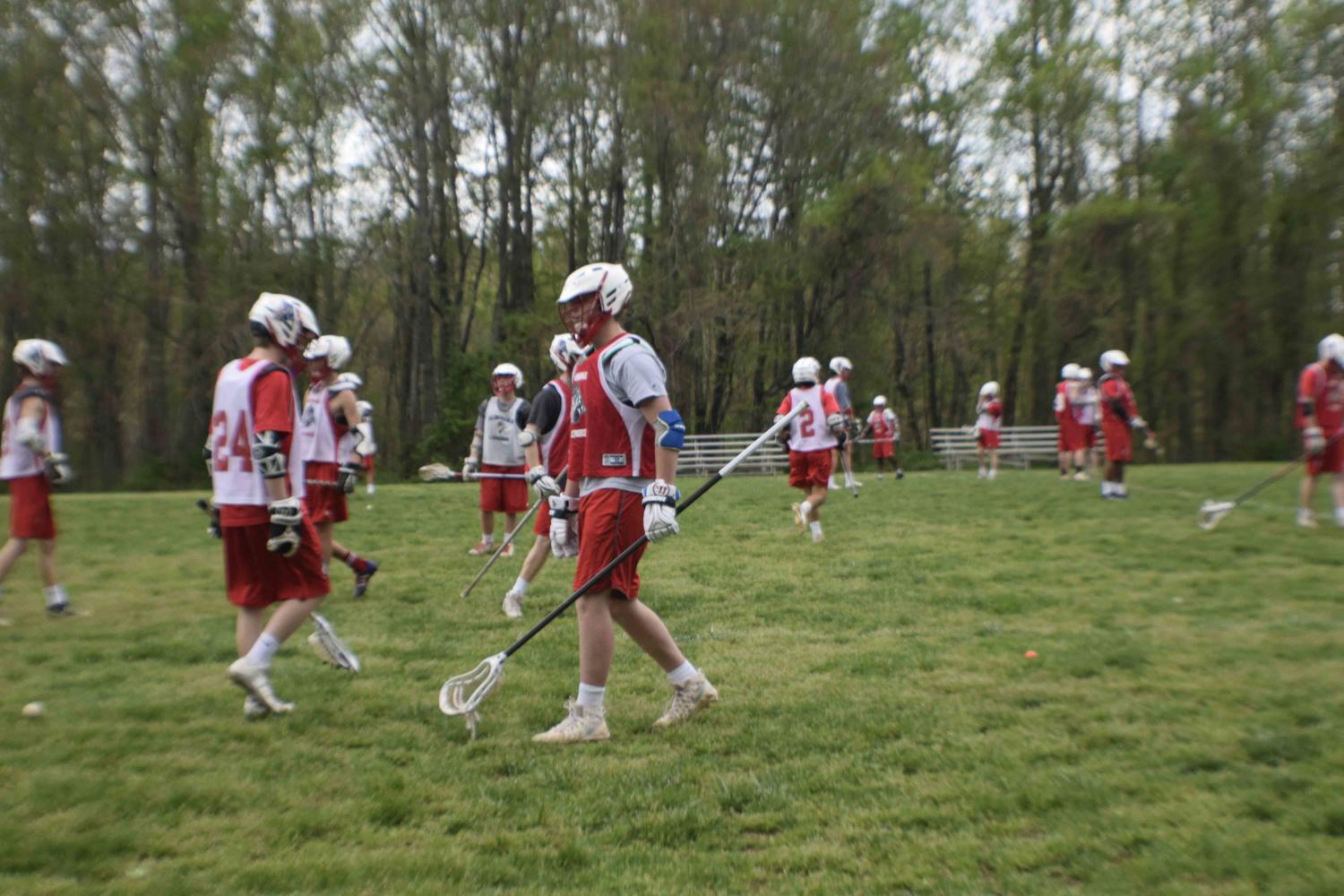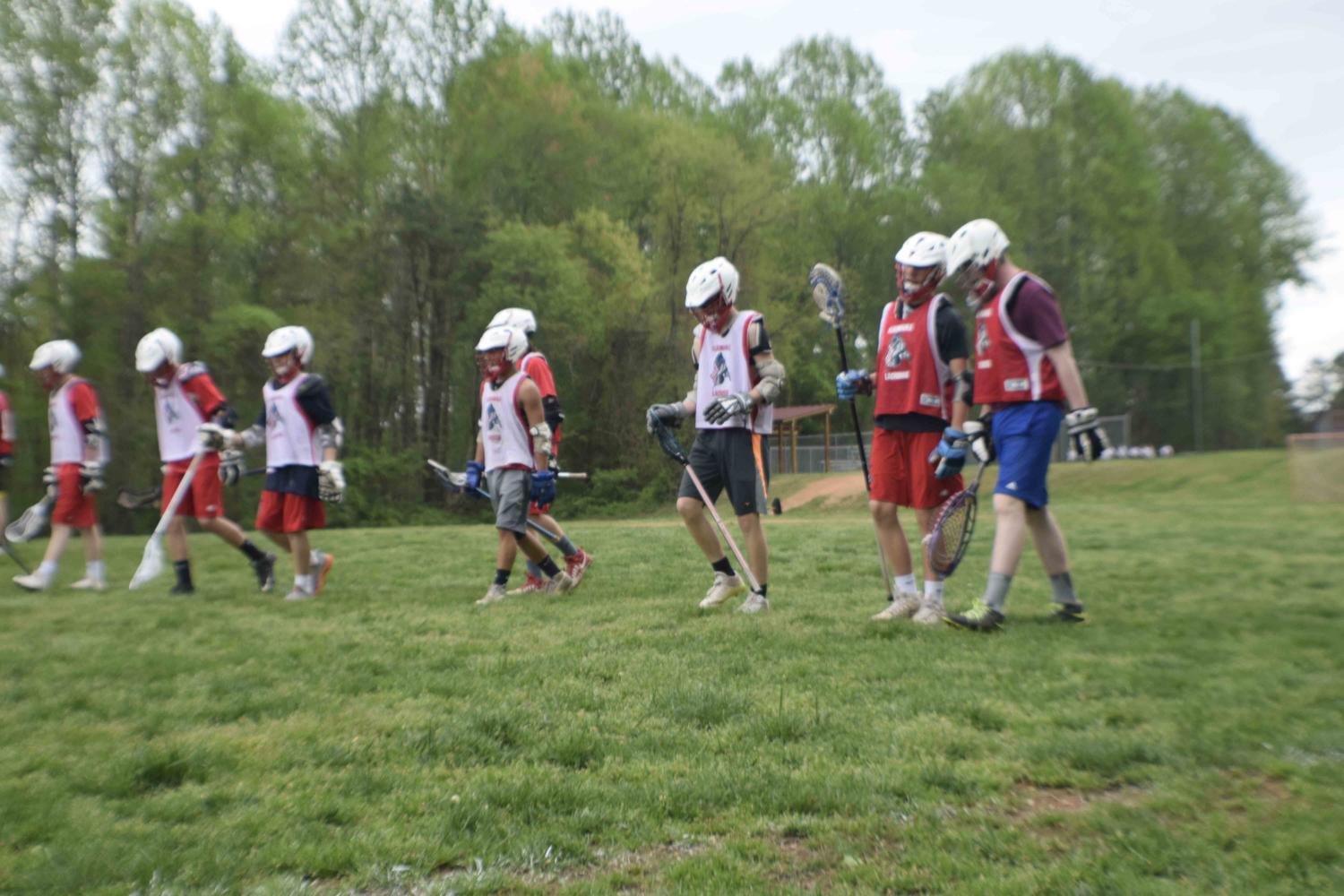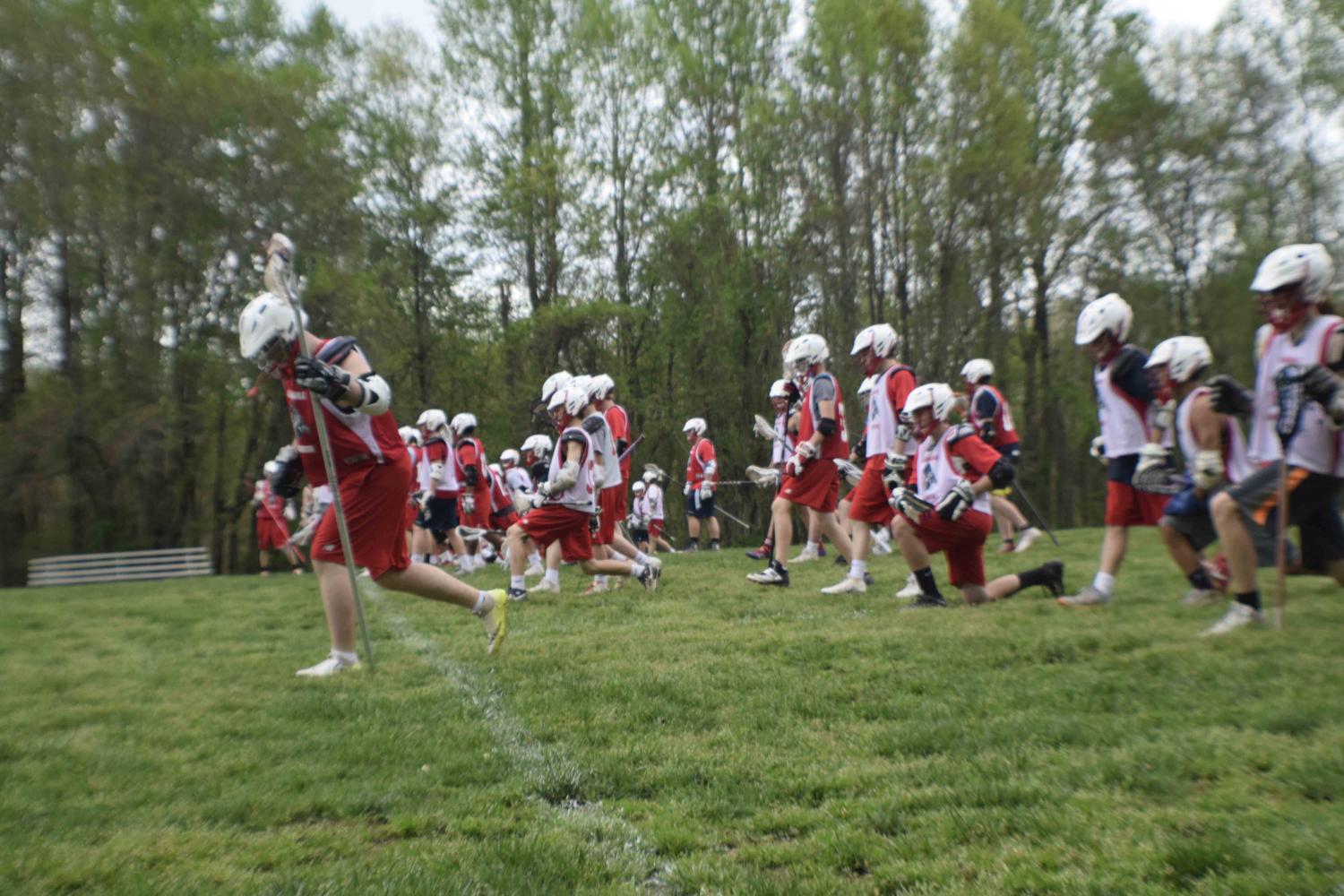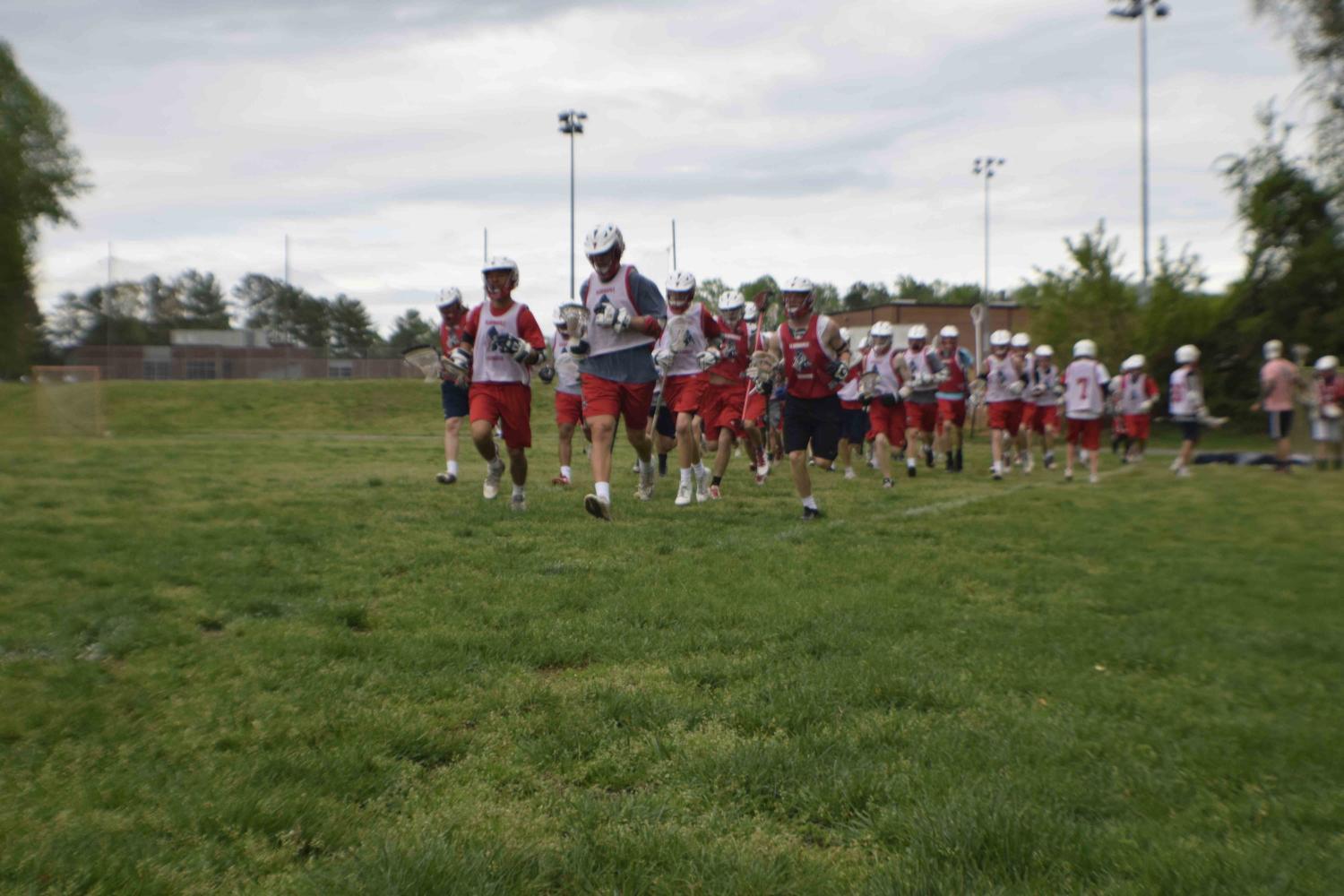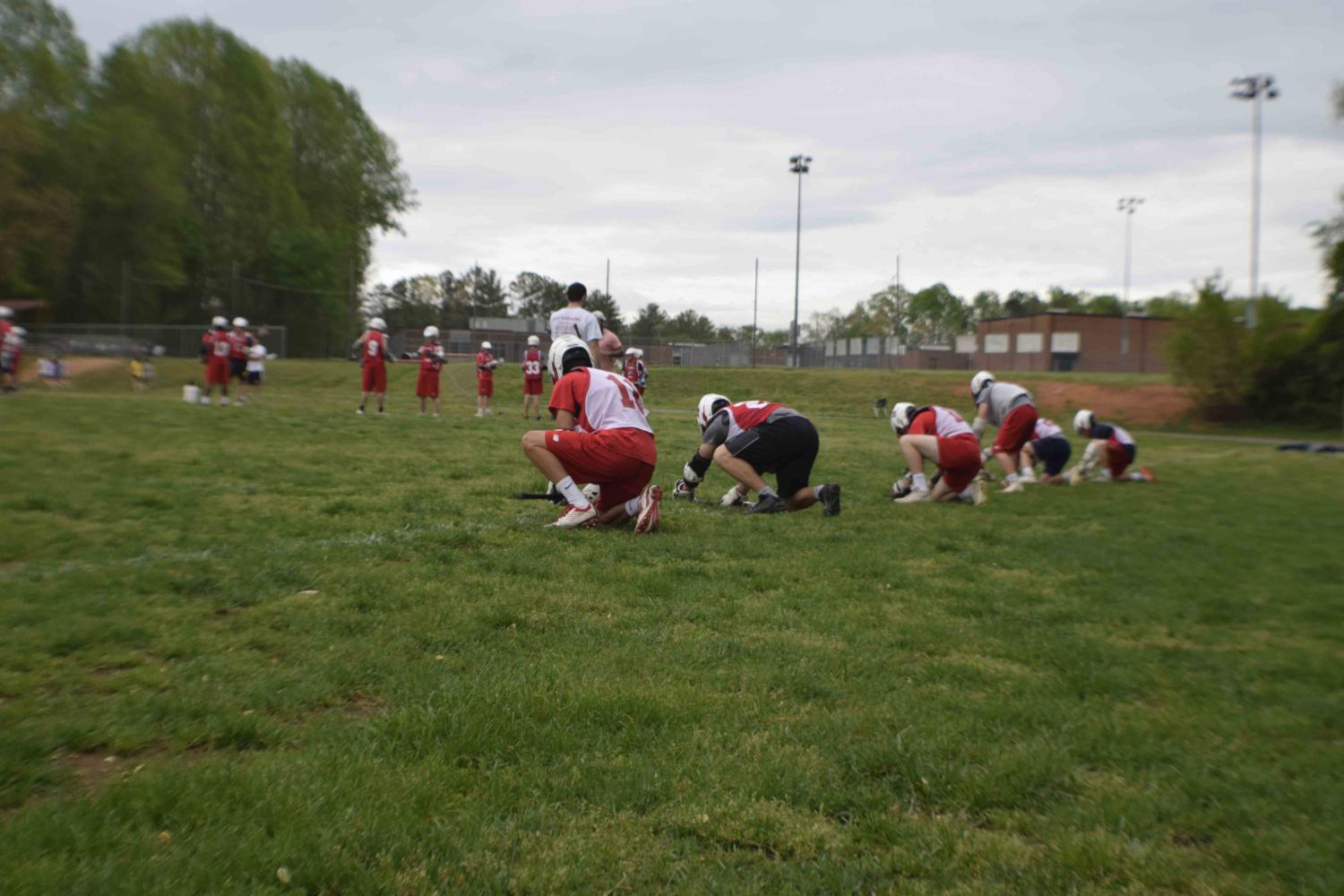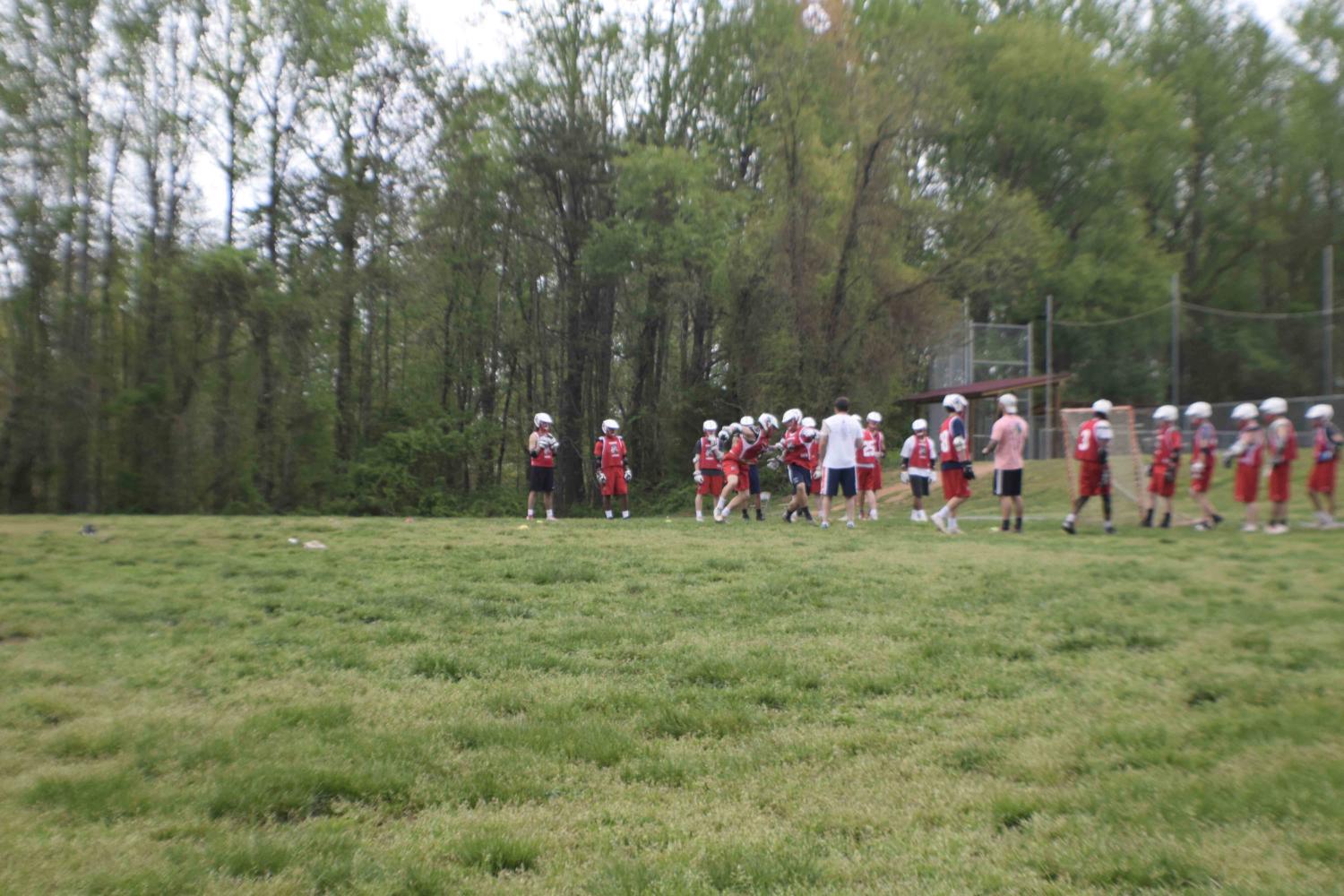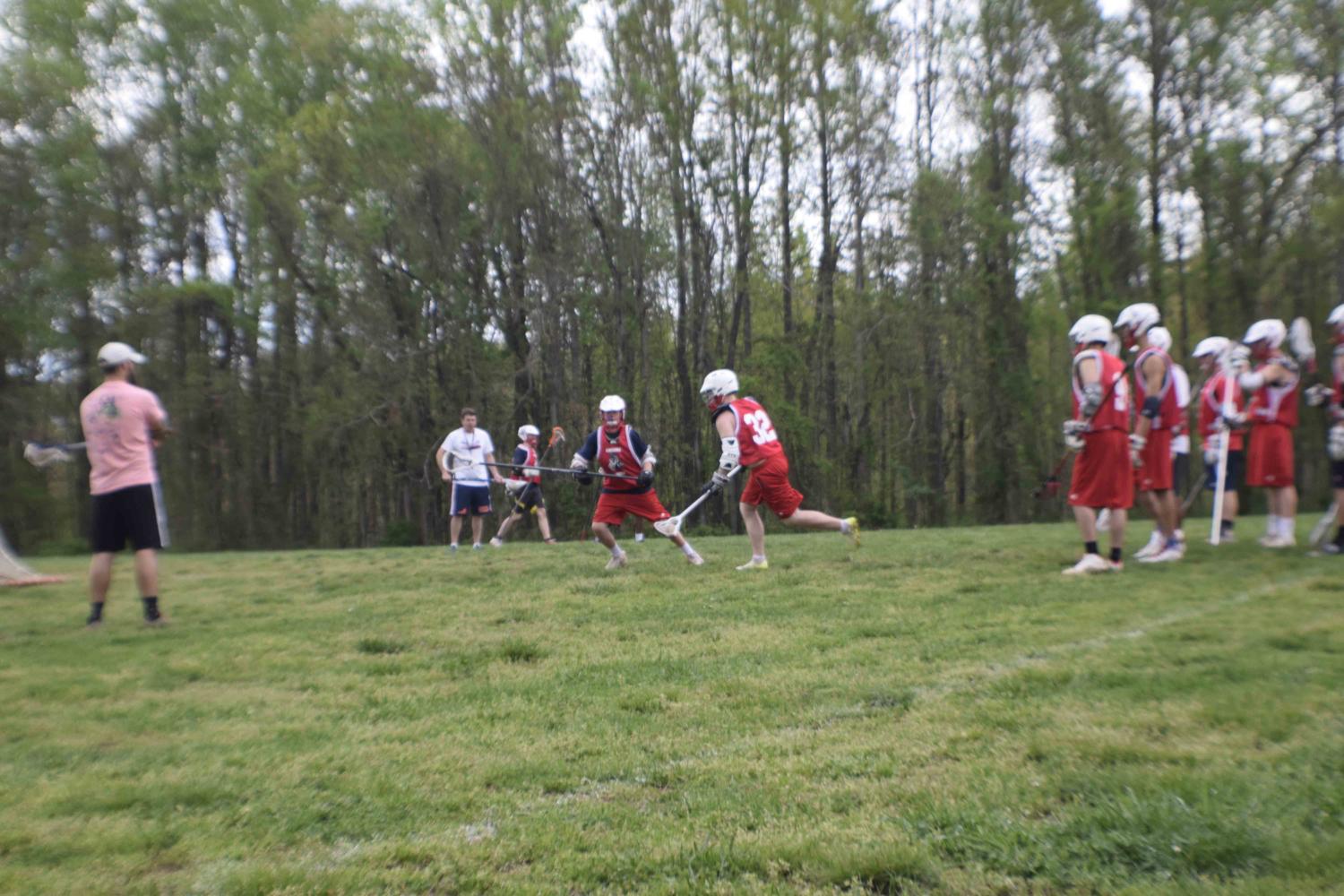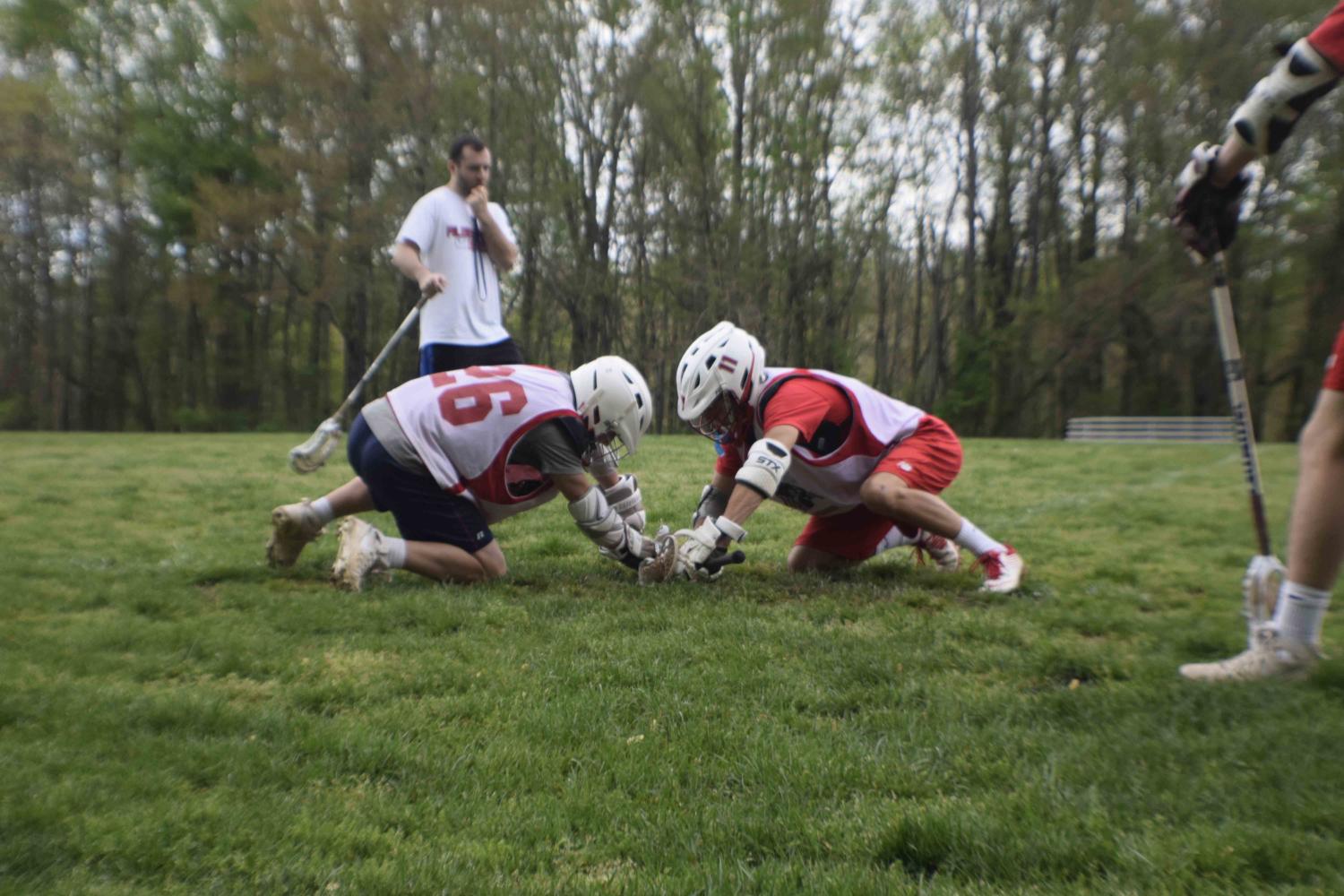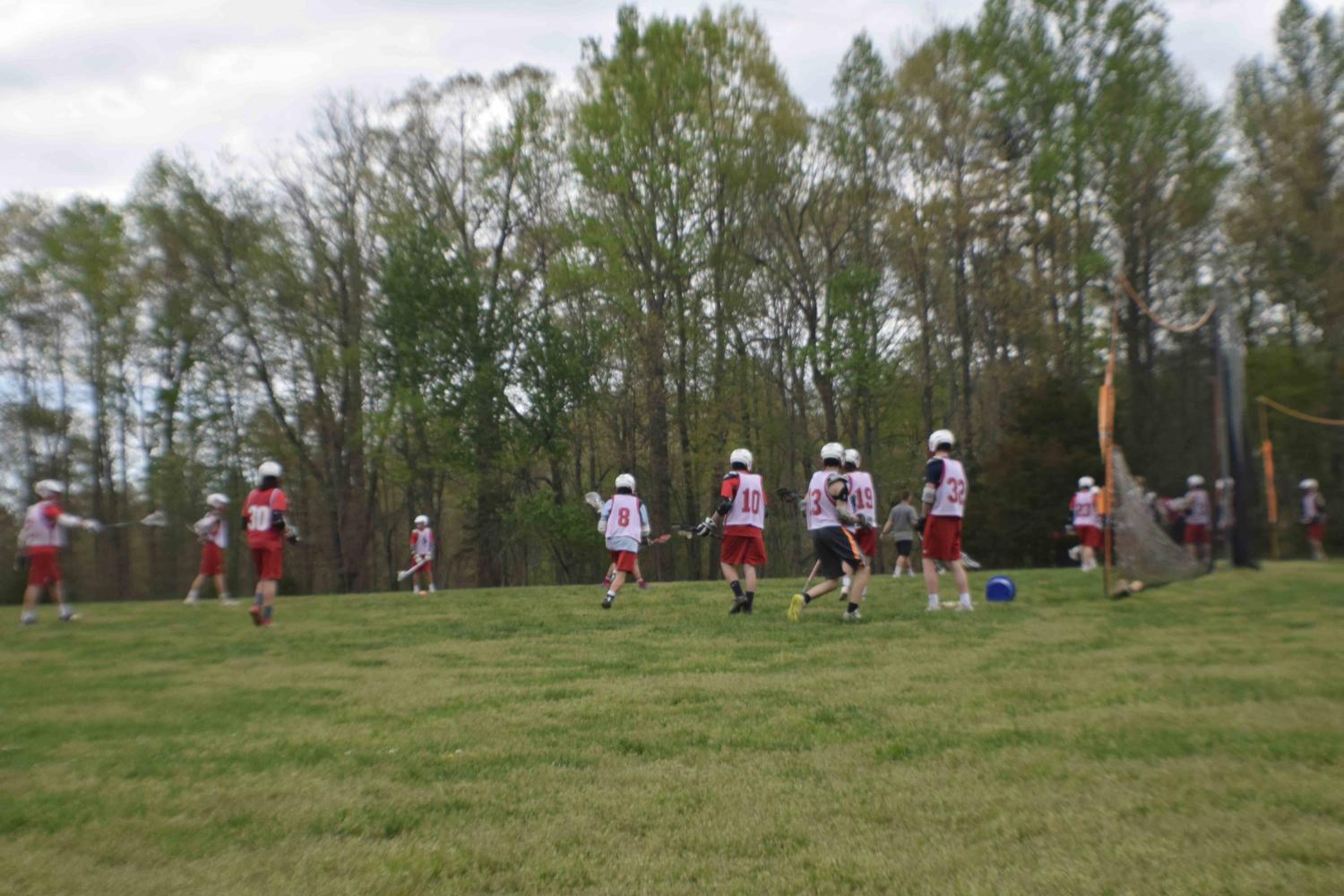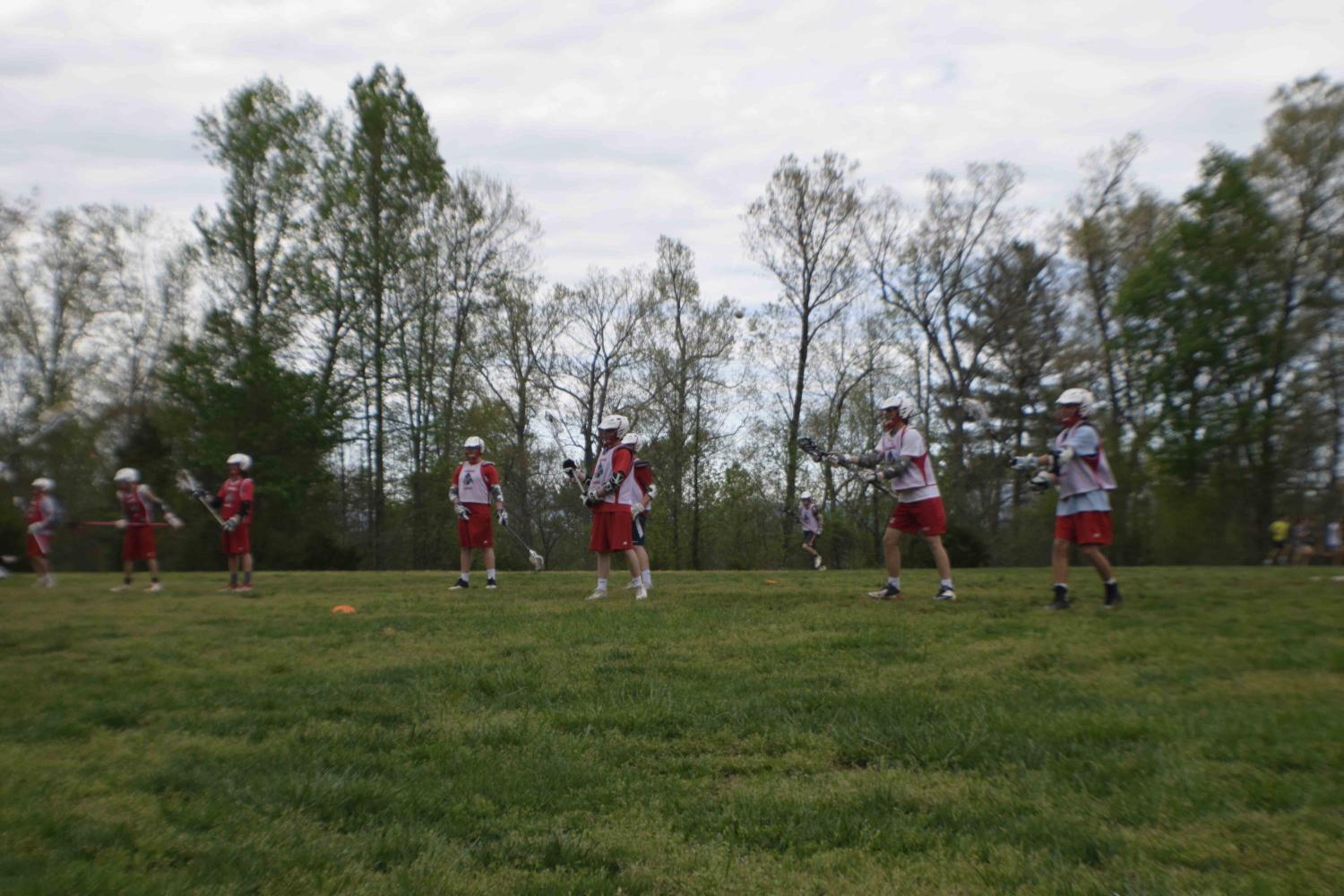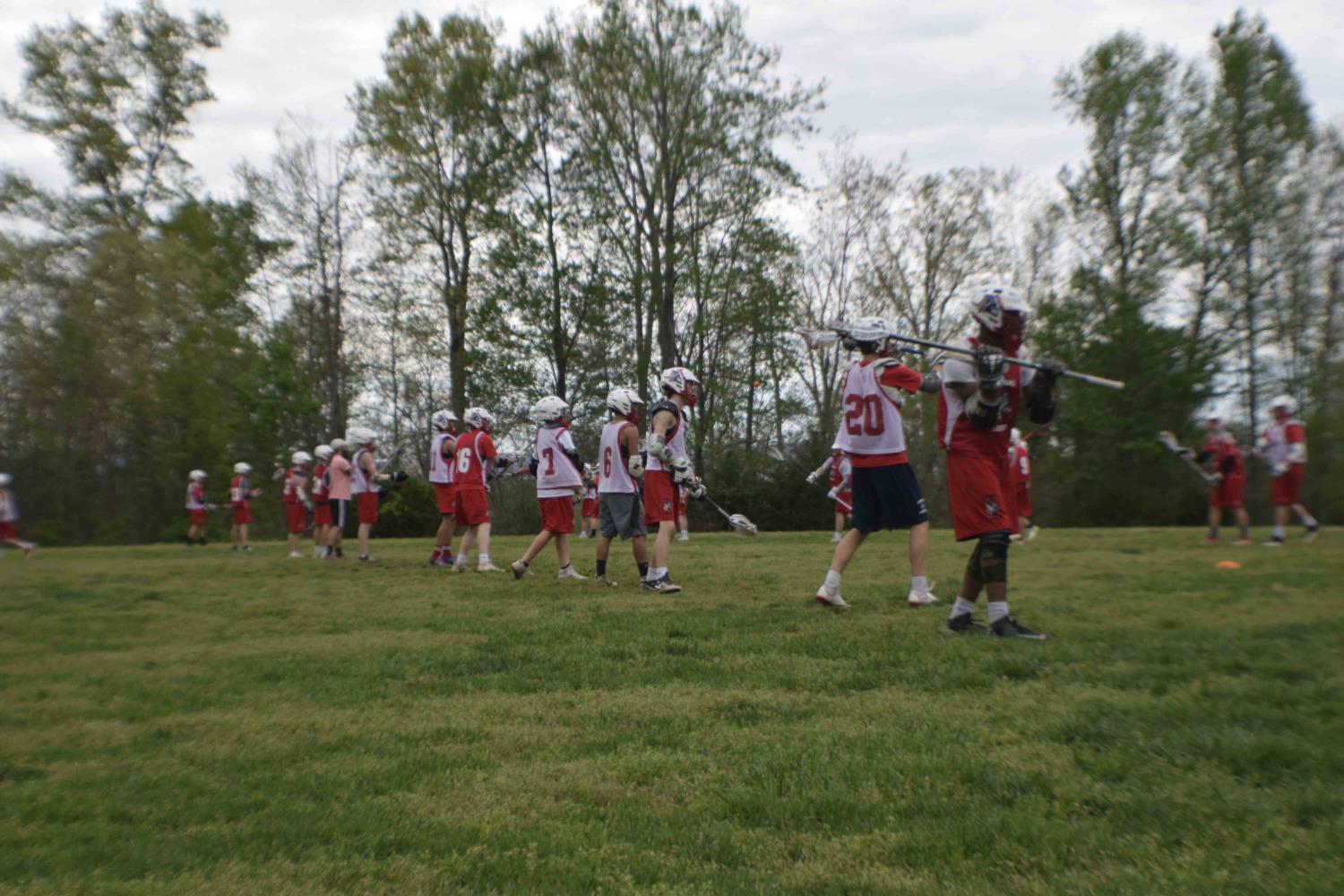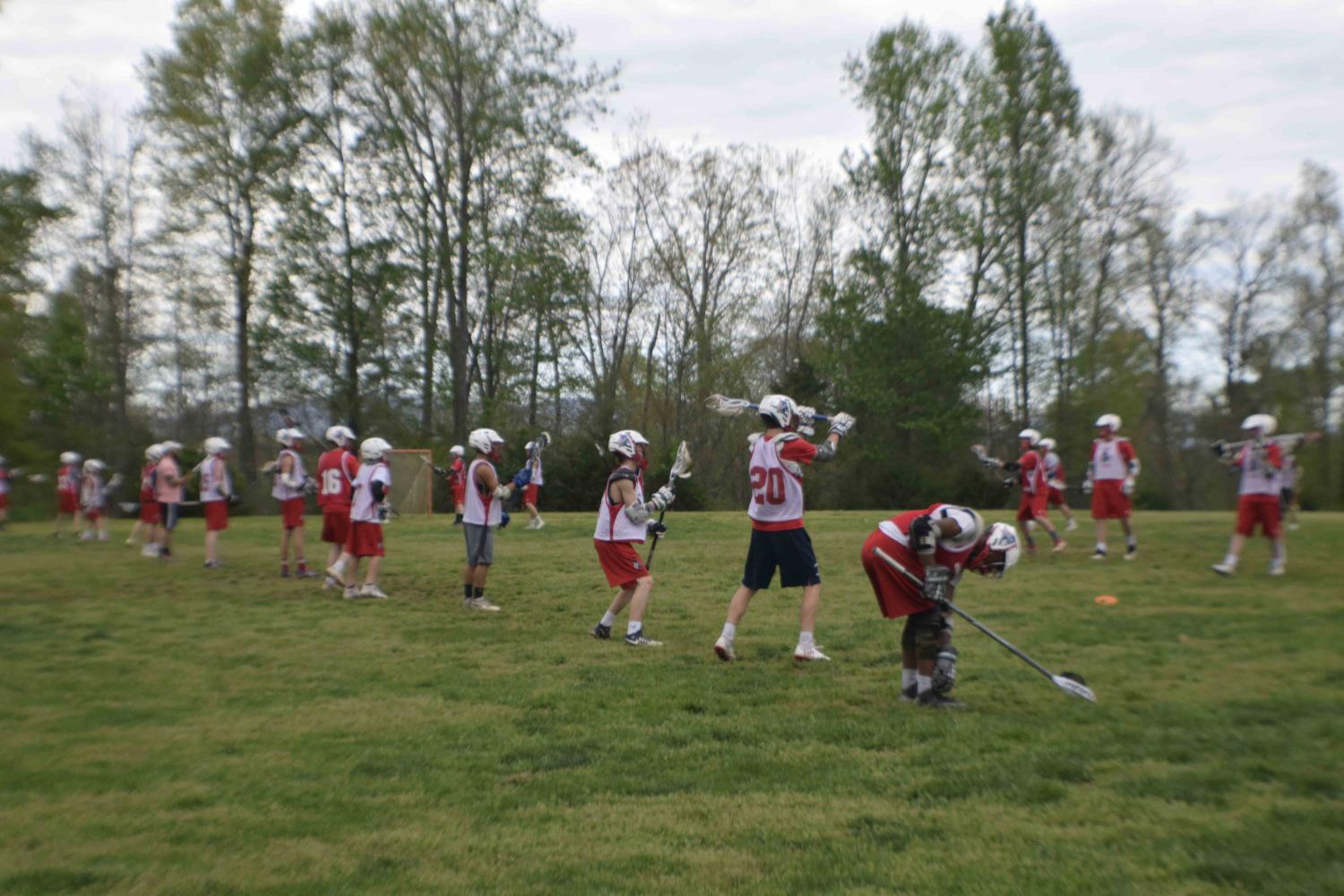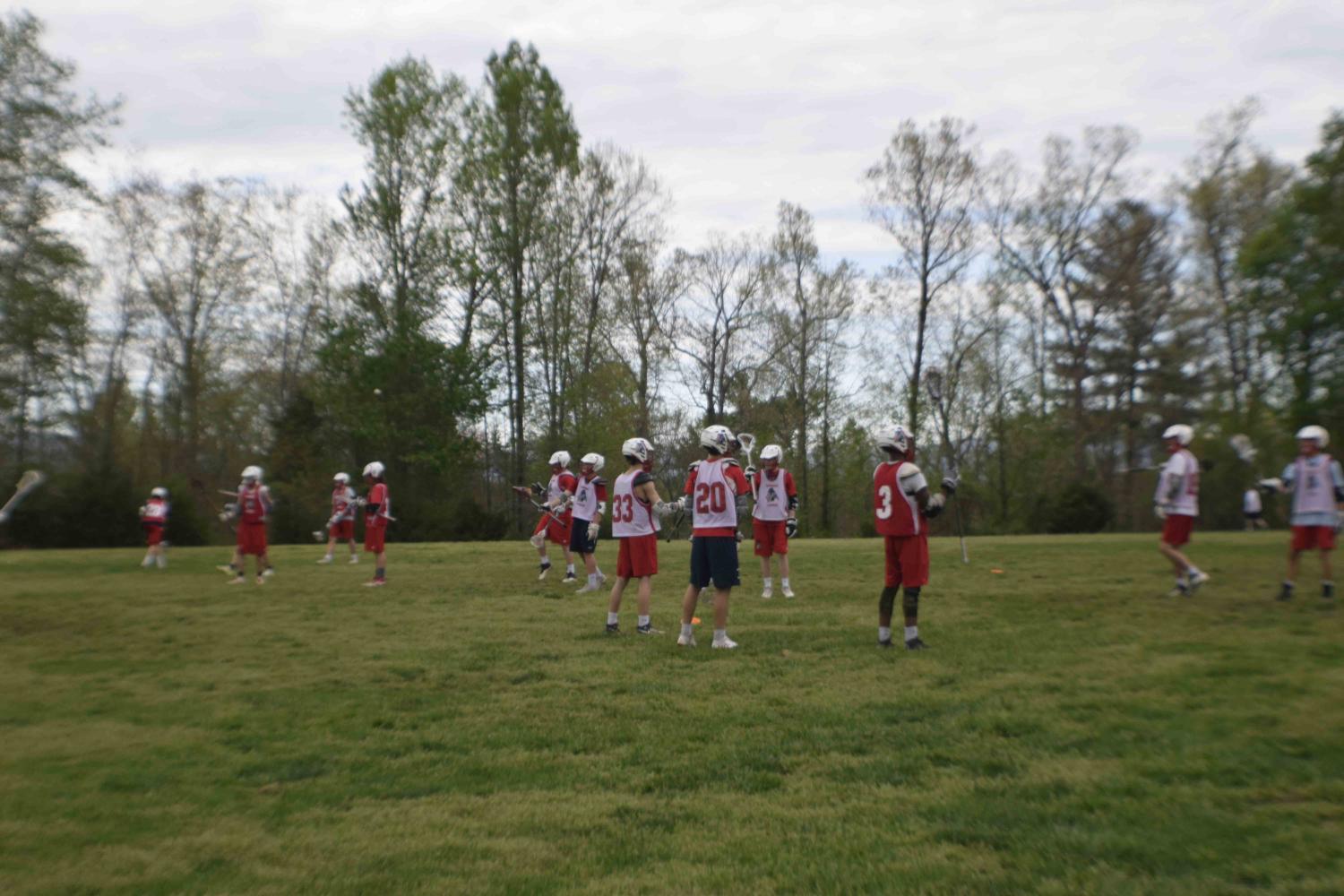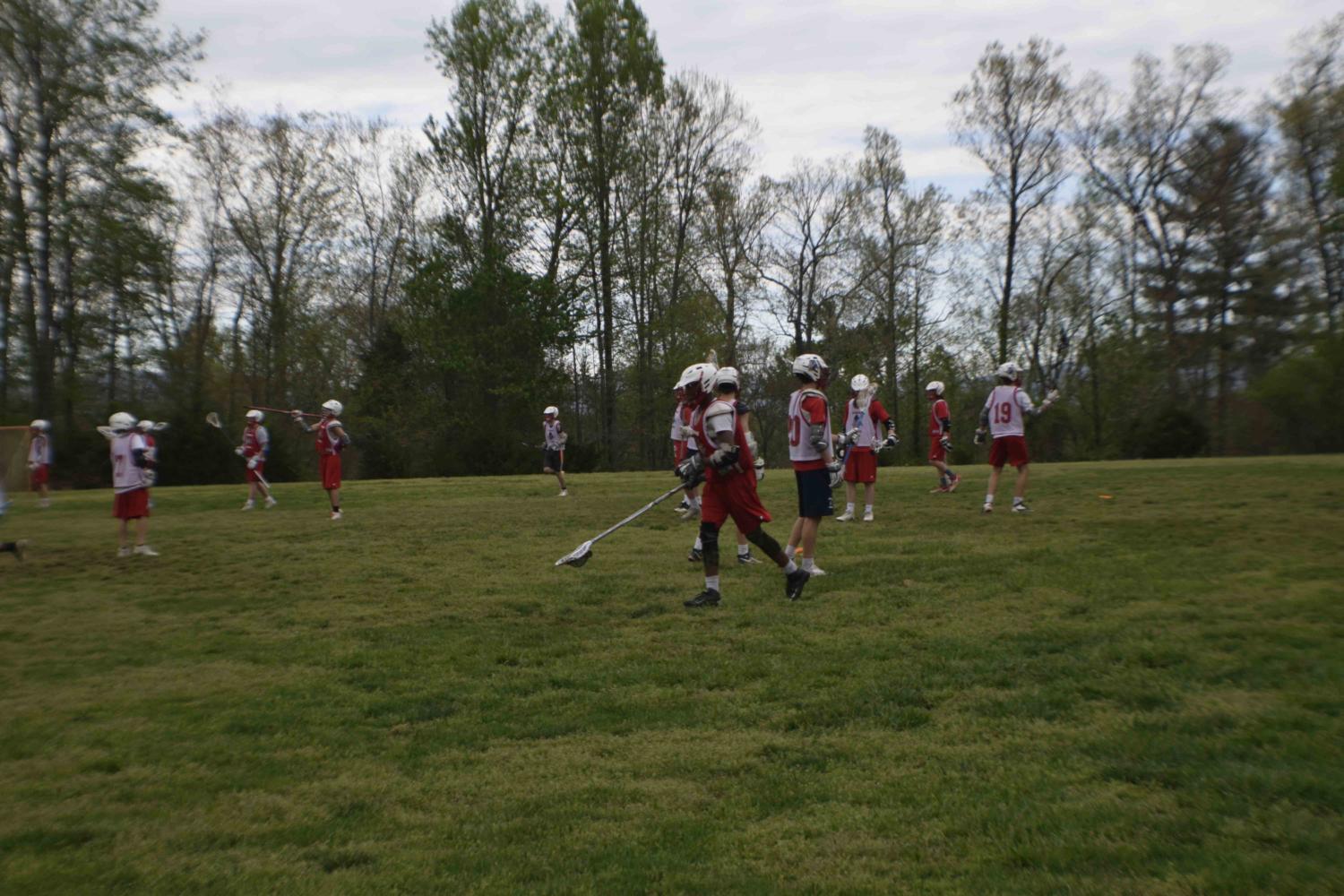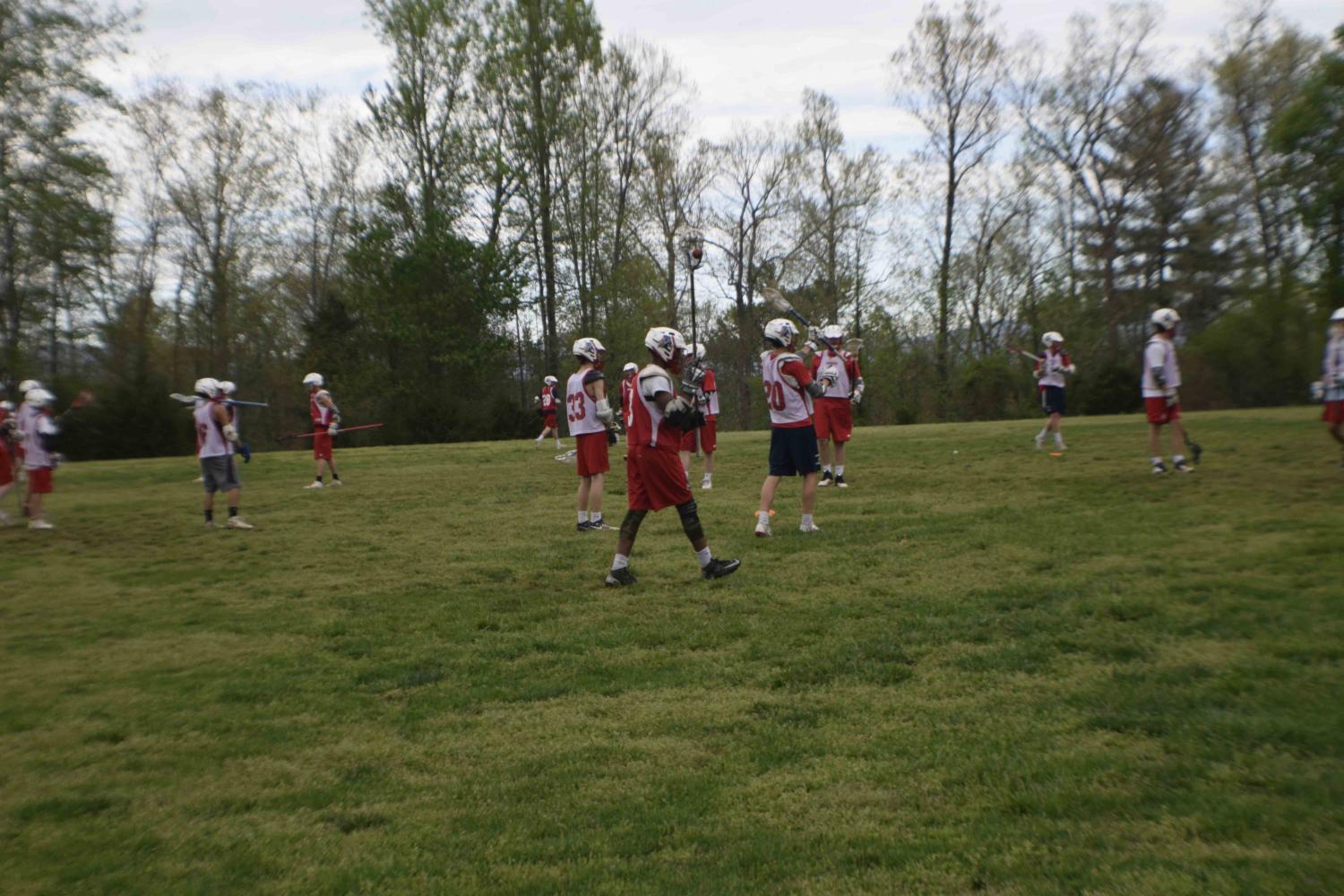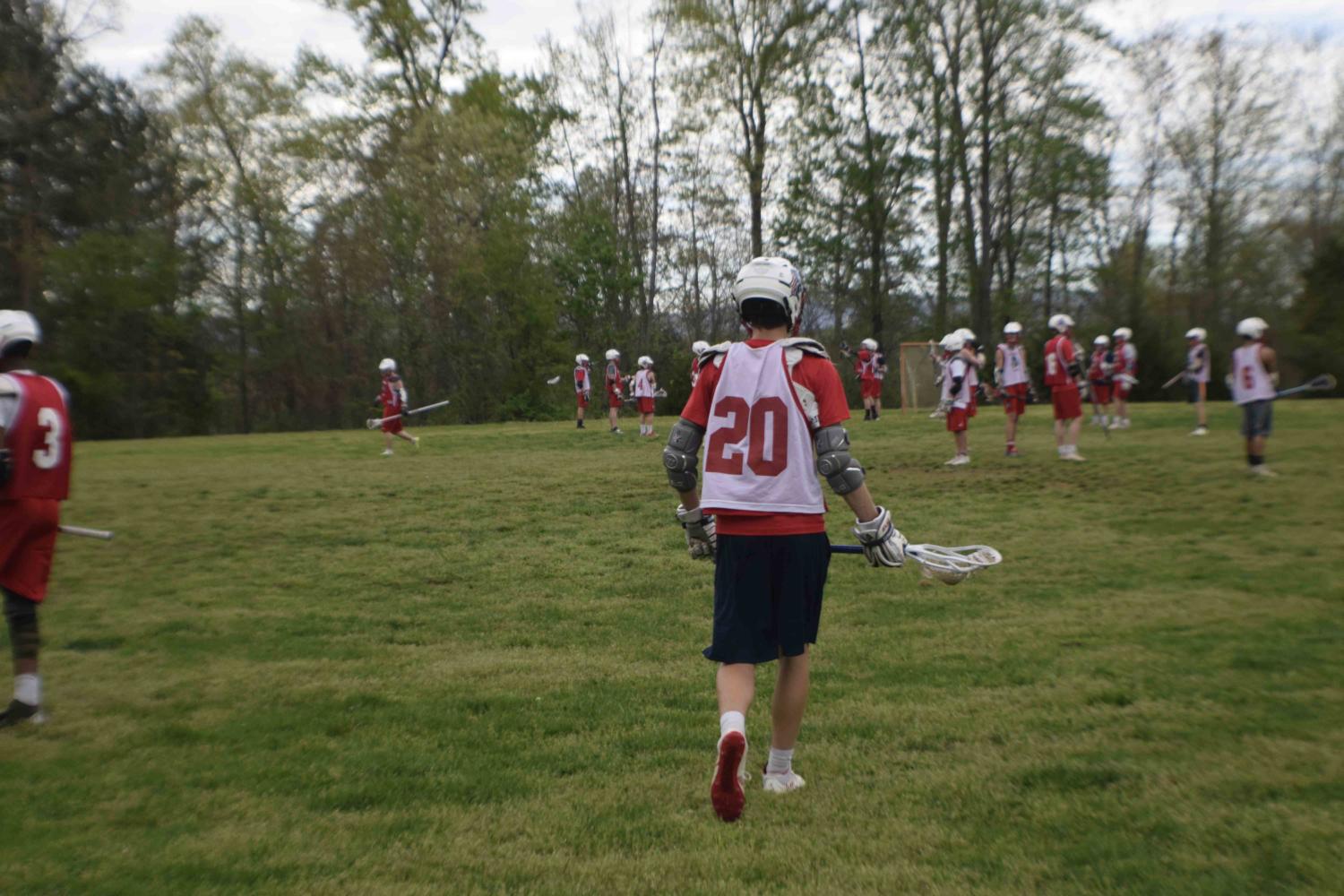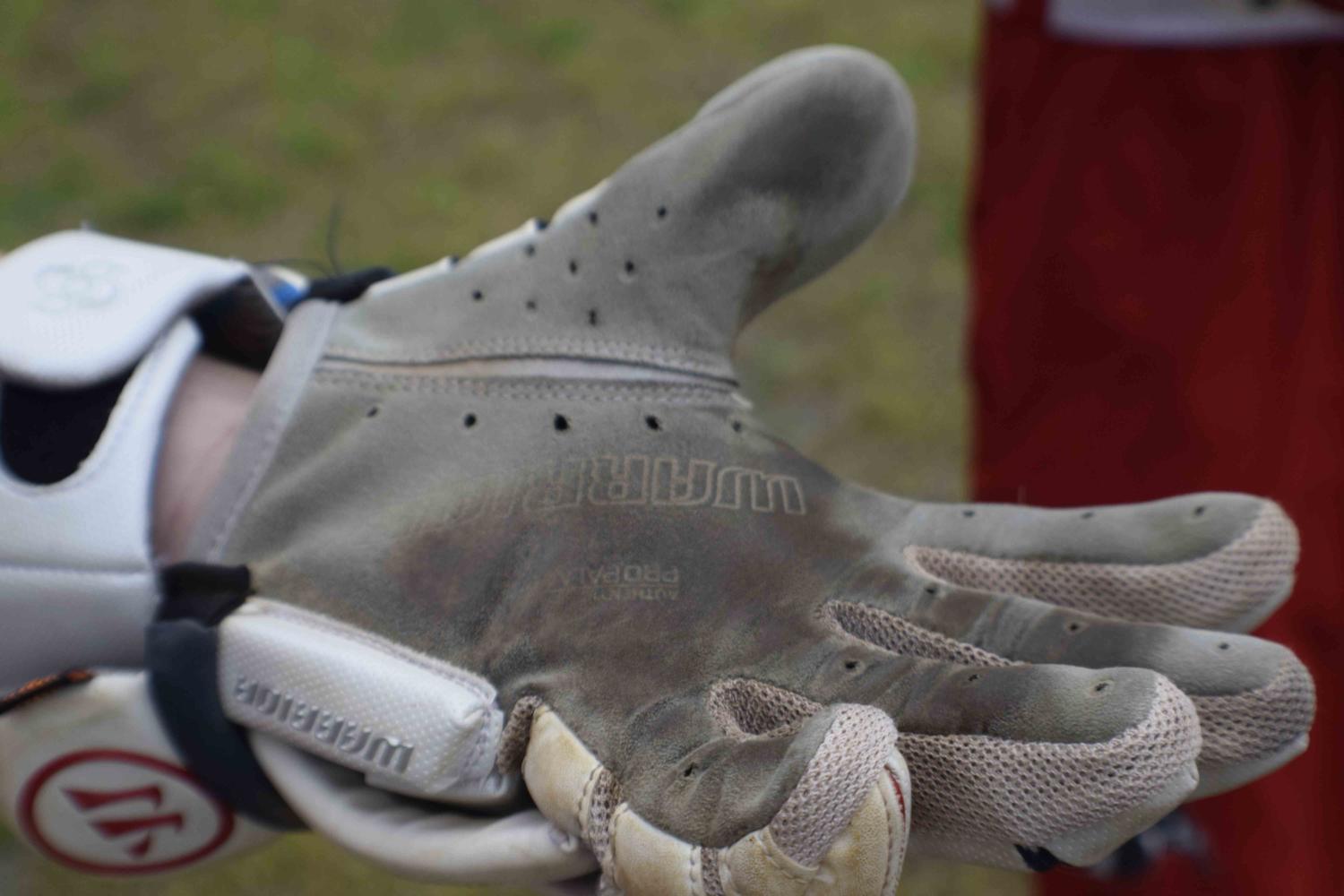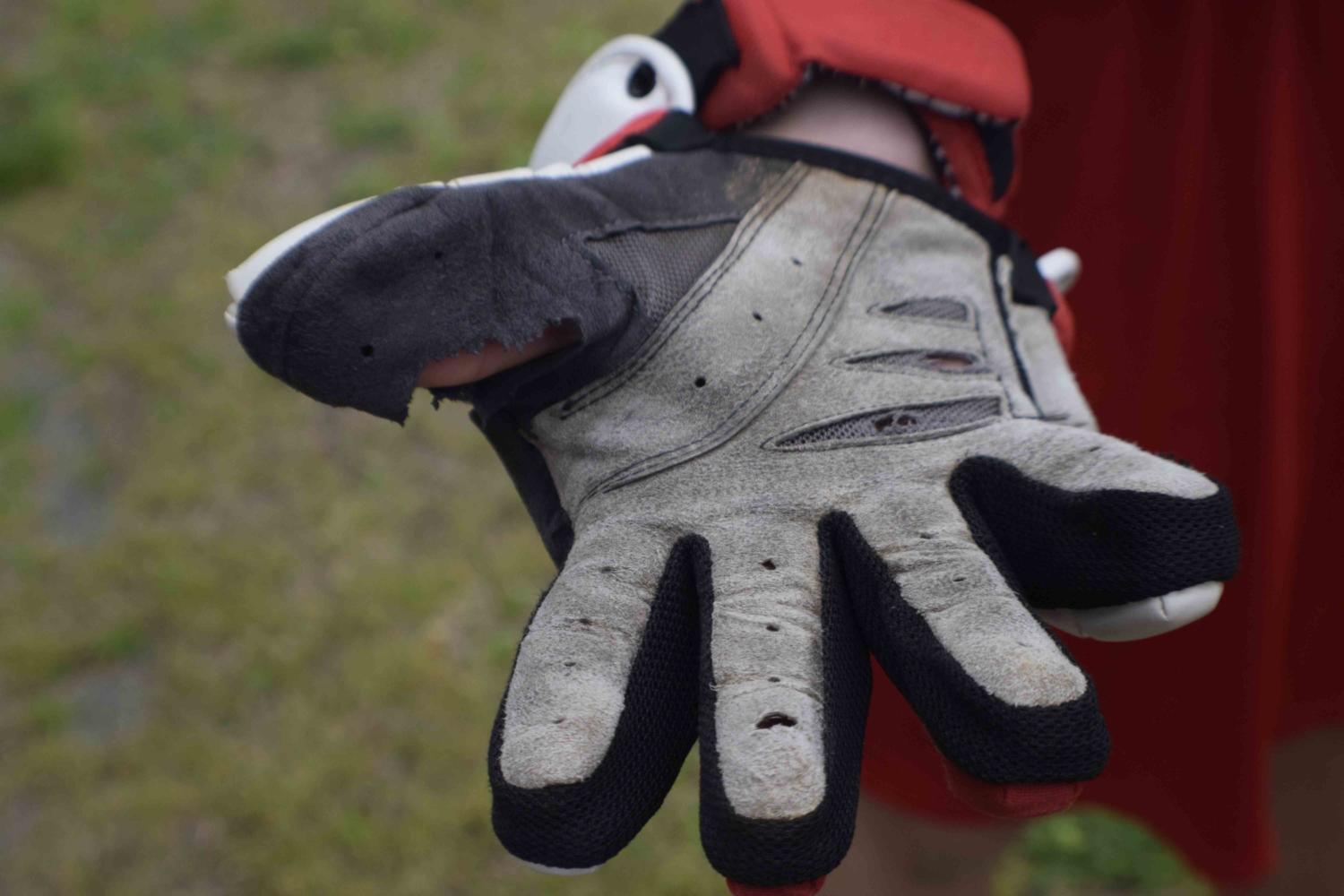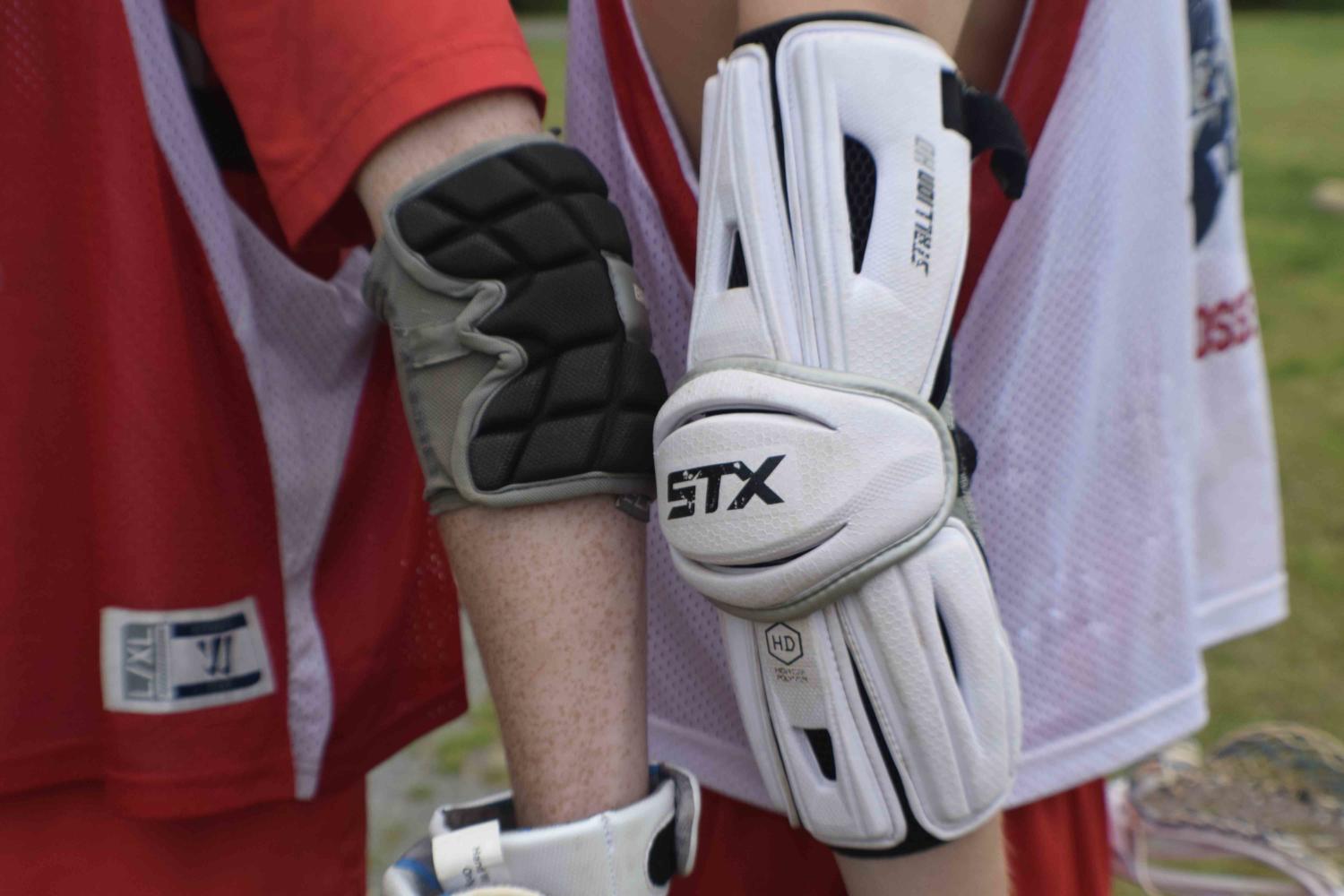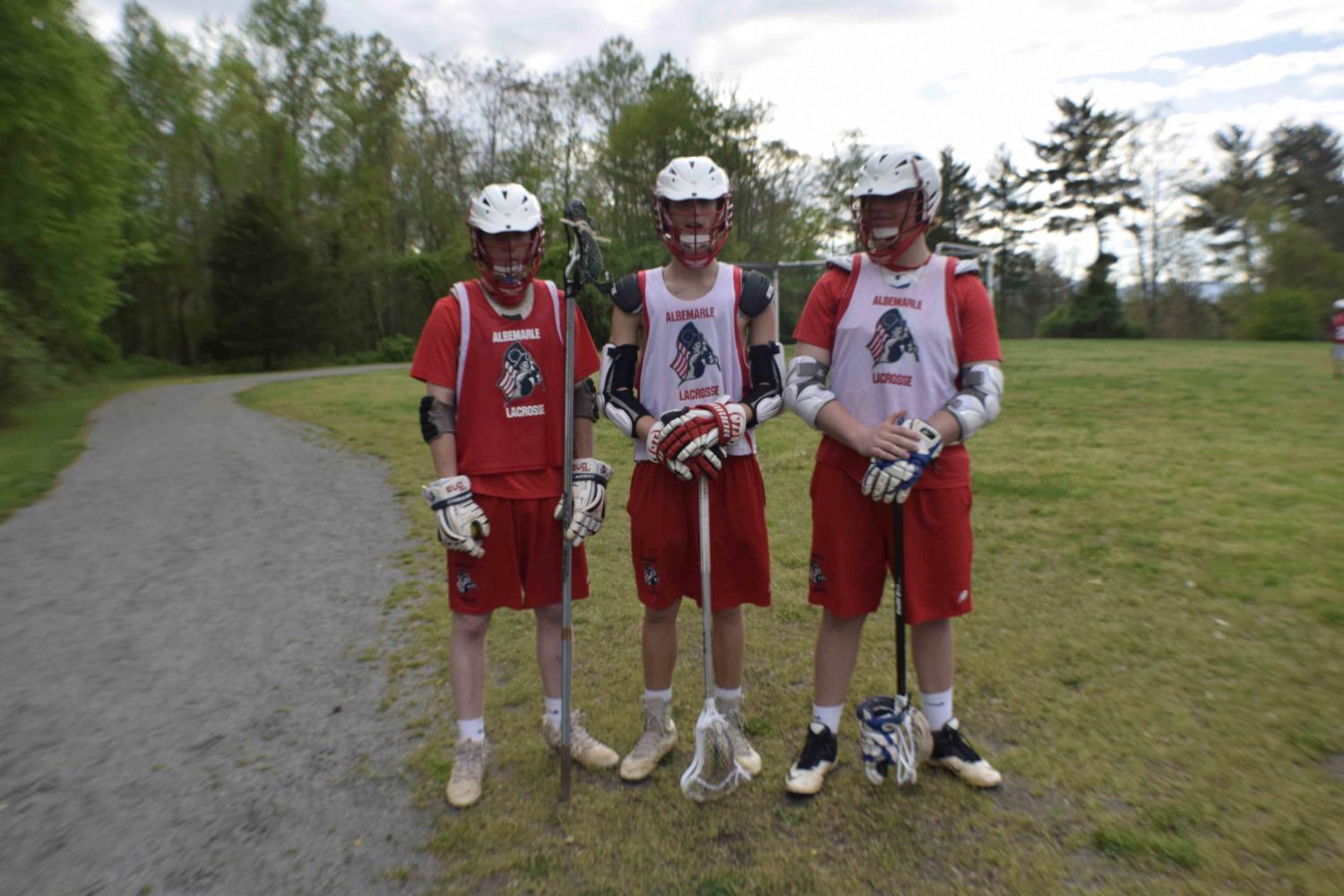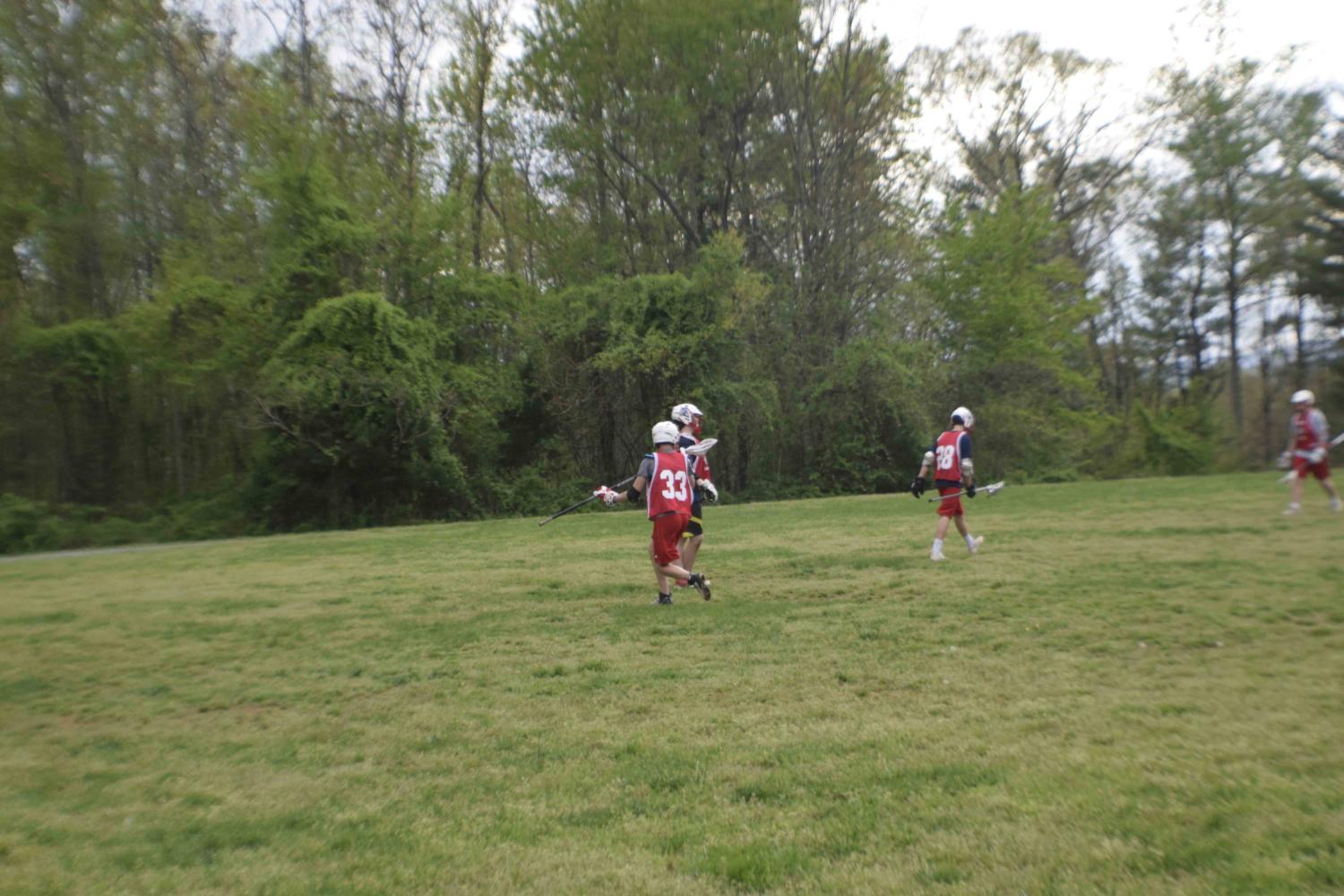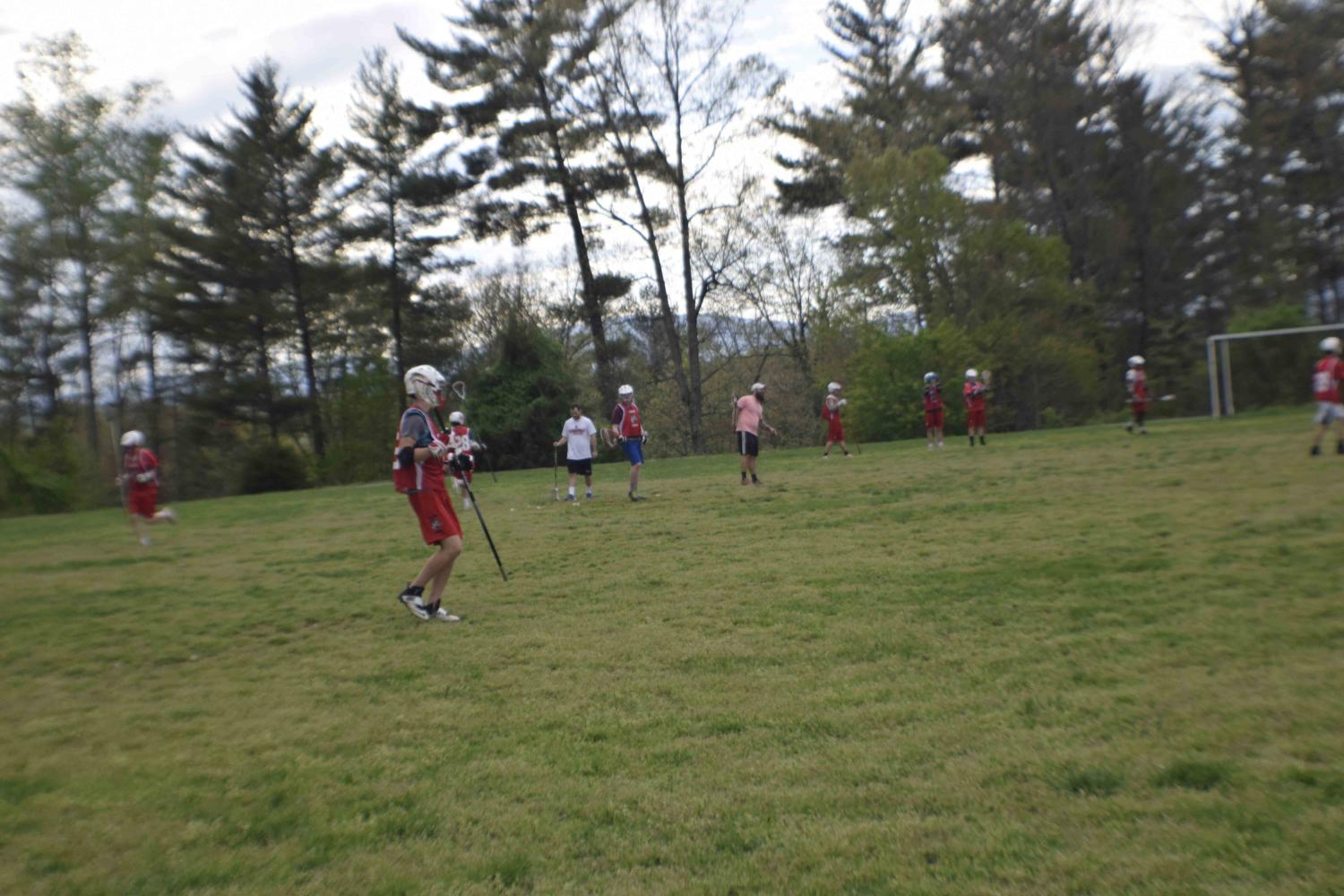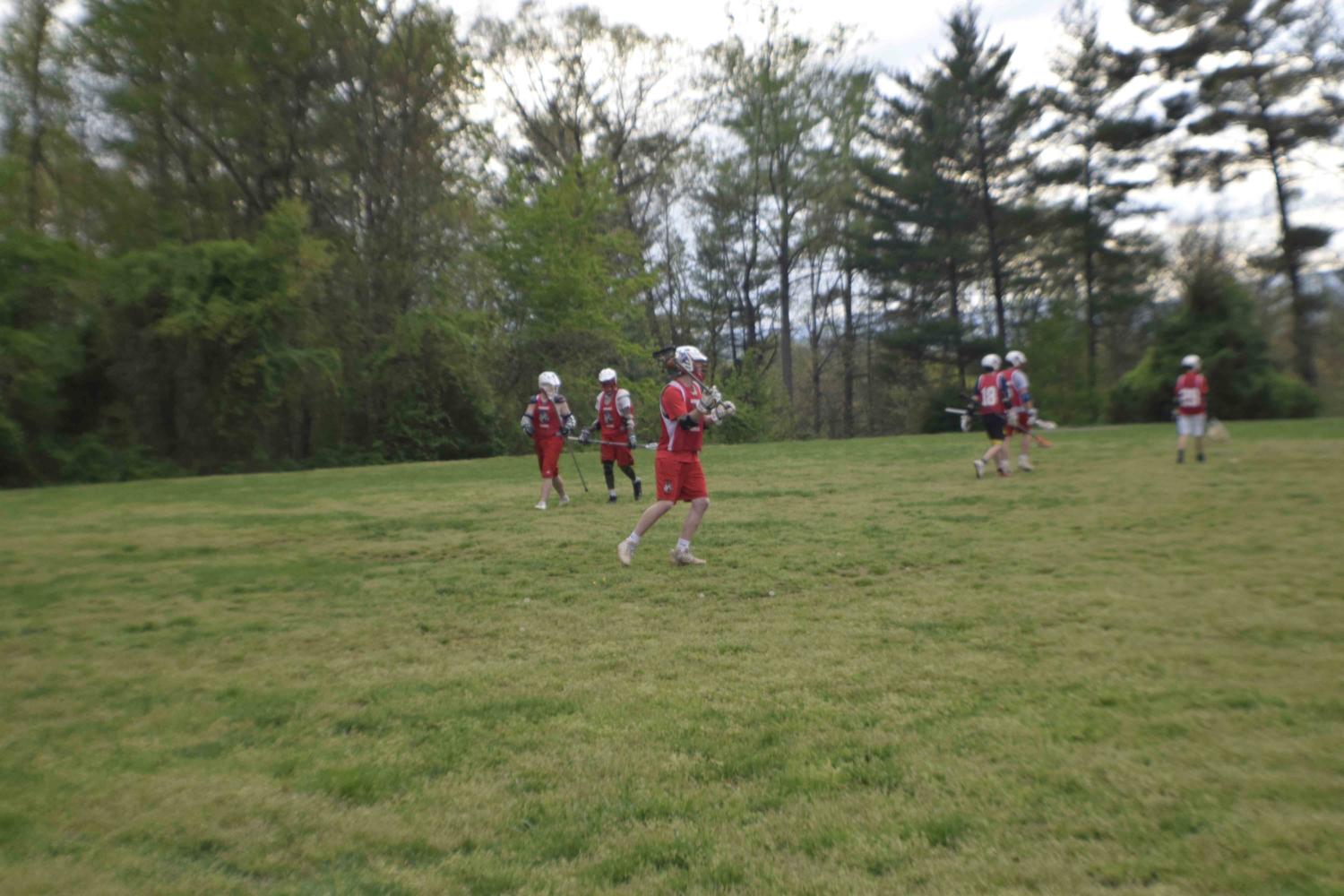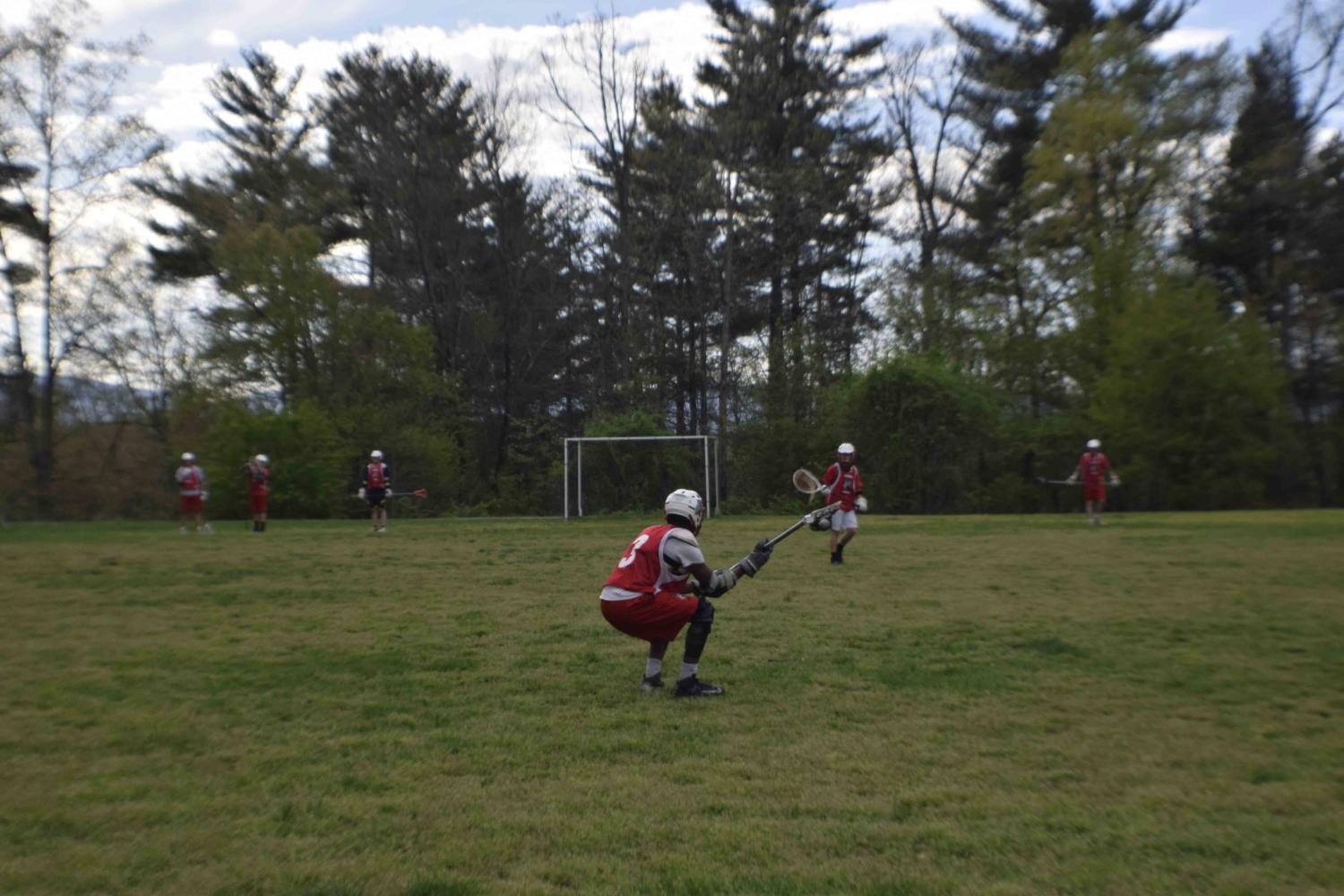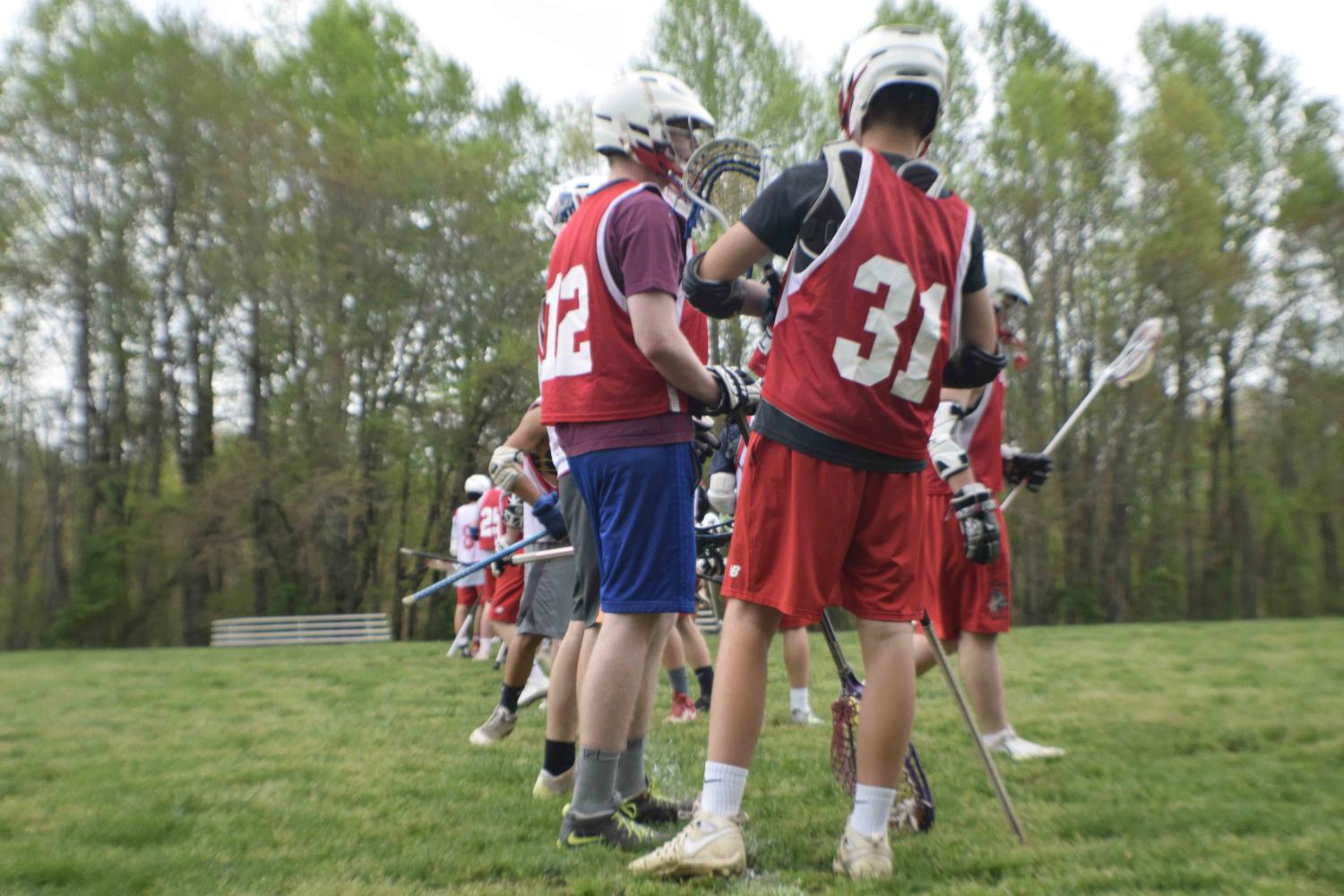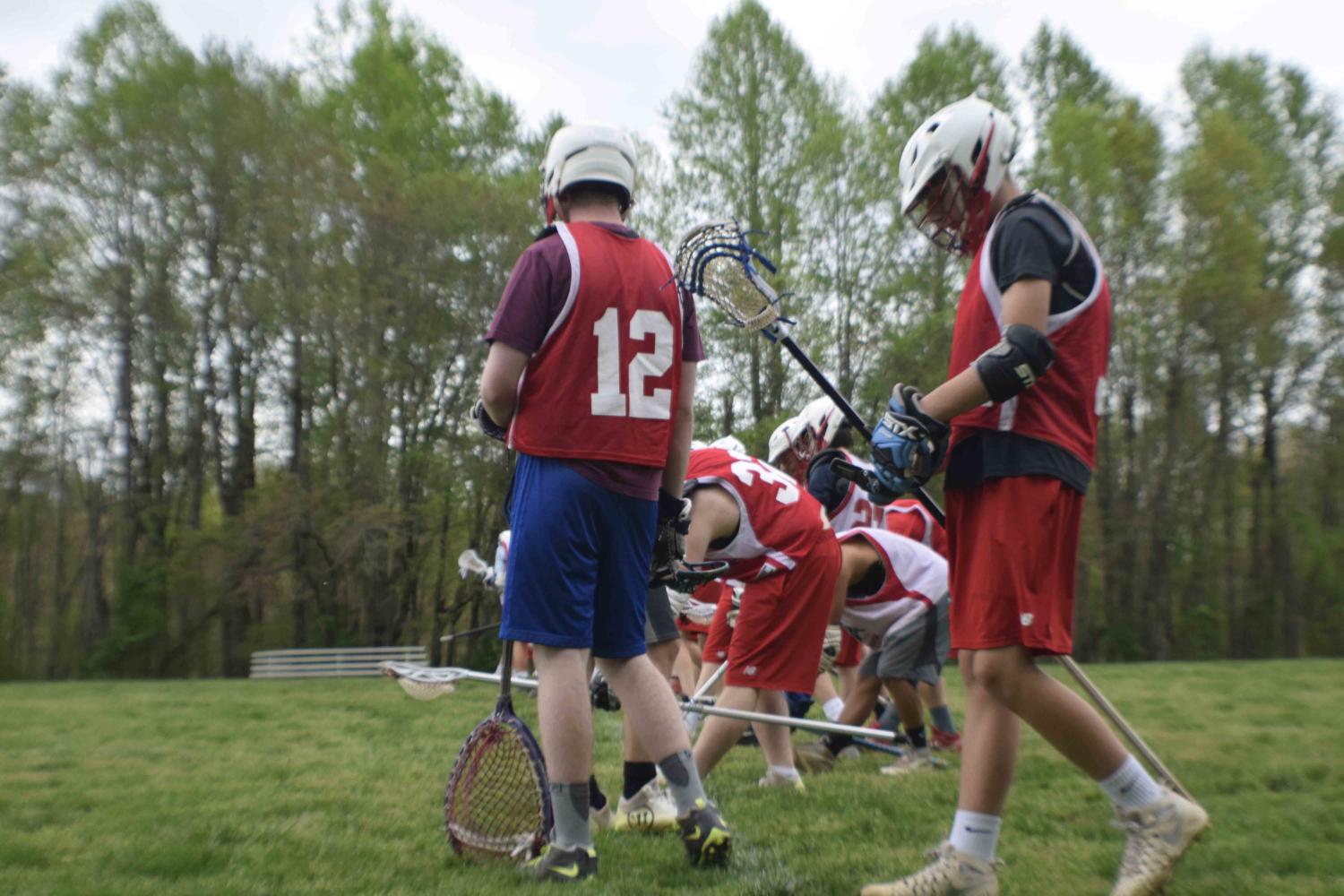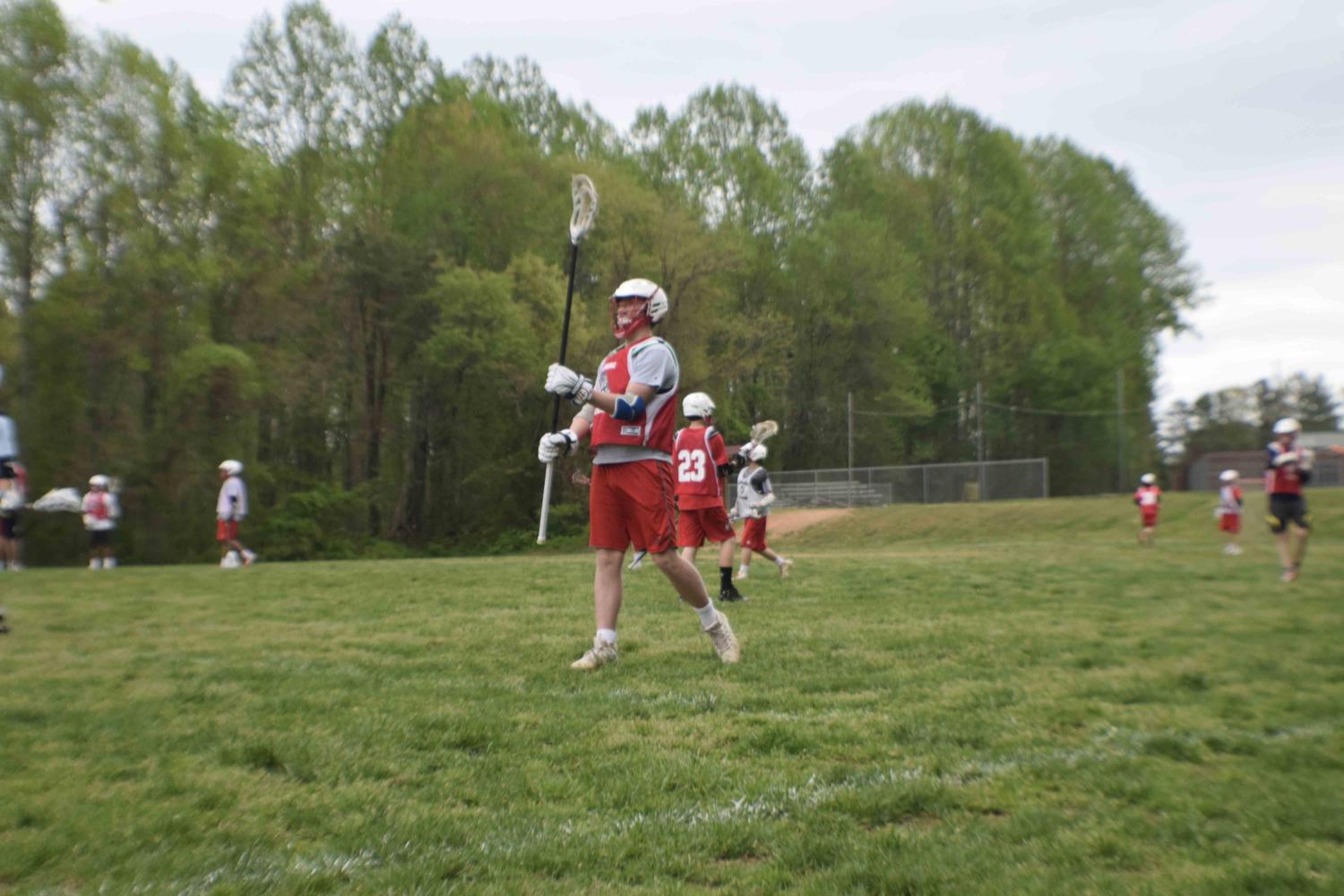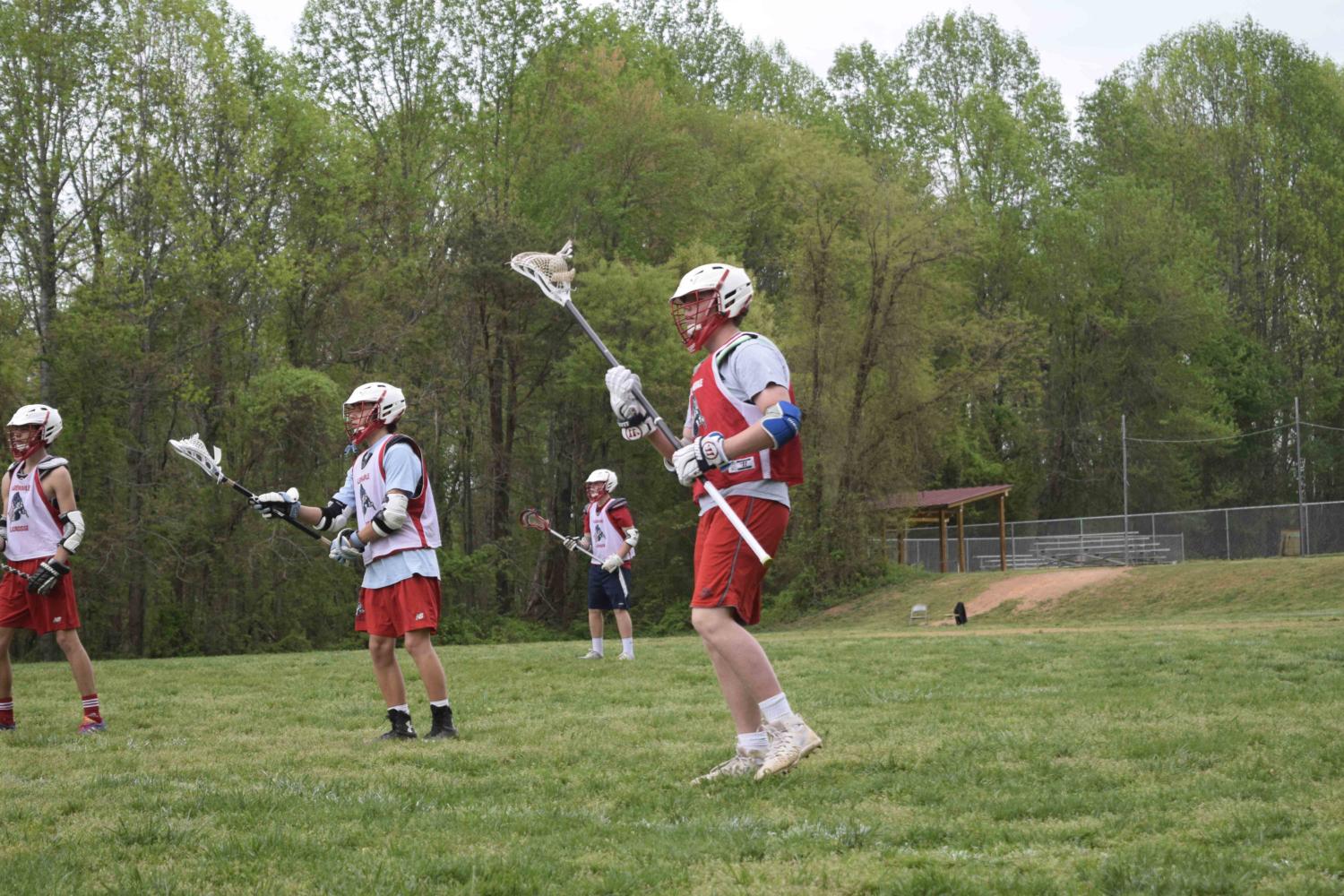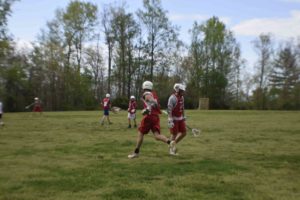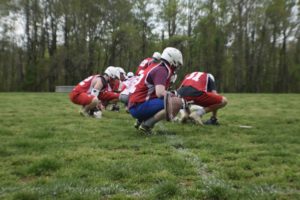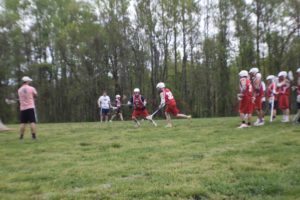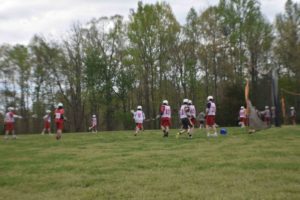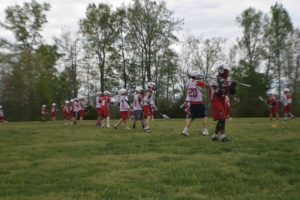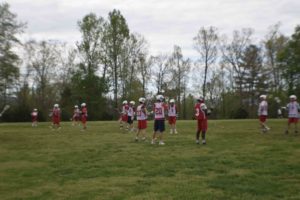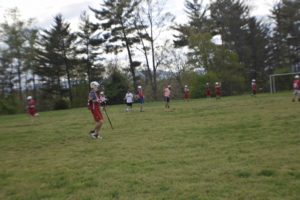Sports 101: Boys’ Lacrosse
May 16, 2017
Sports are confusing, no question about it. But with the help of players and coaches, these sports can become less confusing. What if there was a series of articles that could help others understand these sports? Well, now there is.
Let’s talk about lacrosse, specifically boys’ lacrosse. Yeah, there is a ball and a stick and a lot of people hitting each other, but what is it really?
“It’s a fun sport that requires a lot of thinking and strategy,” freshman Robert Brozey said.
Time to get historical
“It [lacrosse] started with the American Indians back in the day. They used to play it as war games instead of fighting people,” team captain Andy Richardson said.
“A European guy came over and ‘discovered’ it and made it more civilized,” team captain Carter Campbell said.
The basics
Lacrosse is a sport of trickery, it looks easy, it sounds easy, but it’s incredibly hard to play.
“Basically the objective of the game is to score the ball into the opposing goal,” sophomore Jack Benning said.
“You have a stick, it has a special netting on it. You have a rubber ball and you use the stick to throw and catch the ball,” freshman Marcus Elward said.
u have a stick, it has a special netting on it. You have a rubber ball and you use the stick to throw and catch the ball,” freshman Marcus Elward said.
The field
The players play on an 110-yard field with a goal on each end. There the box that goes to the 50-yard line and is about 25 yards from there. There is also a crease, which is a circle around the goal that the goalie stands in and the people on offense aren’t allowed to step in. The crease was put there to protect the goalie from being run into or hit by the offense.
Equipment
Unlike most sports, lacrosse equipment isn’t uniform. Goalies, defense, midfielders, and attackmen all have different equipment.
For example, since a goalie’s main job is to stop the ball from going into the net at any cost, they wear a larger chest protector and do not wear elbow pads.
But all players must wear a helmet, cleats, gloves, shoulder pads and a chest plate. Only defense, midfielders, and attackmen wear arm/elbow pads.
However, the only thing that differs from each position (except mid-field and attack) is the stick. A goalie’s stick has a big net at the end, which makes saving the ball easier. The defense has a stick that stands at about 52-72 inches, called a long pole. Finally, attackmen and midfielders have a stick that resembles its name: a shortie.
What to do
“The midfield and attack are the main ones that score goals. It’s mostly the attack because the attack stays down on the other end of the field by the opponent’s goal and score goals. The mid-fielders are always running up and down the field, trying to get back to defense,” freshman Daniel Beachley said.
A midfielder plays both offense and defense, but only one player can have a long pole at a time, according to Elward.
1 2 3 4 Points
Each goal is worth one point, no more, no less.
“Normally you’ll see the team with the most ground balls ends up winning the game,” Benning said. A ground ball is when the ball touches the ground, which makes the ball anyone’s game.
Bad Moves Bro
Penalties are bad in any sport. While penalties are put in place to protect players and keep the players from disobeying the rules. In lacrosse the person can be taken out of the game for a set amount of time or the opposing team could get a time advantage. If a player has too many fouls they can be eliminated from the game. But what are some penalties?
“There’s simple penalties, like slashing. A slash is where you take your stick and hit them either in the head or beat on their arms too much. There are pushes, where you put too much pressure and you push them and they fall. There’s tripping. All sides, which is where too many players are on one side of the field at a time. There’s only allowed to be seven, including the goalie if you’re on defense,” freshman Walker Meistrell said.
This is not a game
Like football, lacrosse has 4 quarters and 1 halftime. But unlike football, lacrosse only has 10 players on the field at a time: a goalie, 3 defense, 3 mid-fielders, and 3 attackmen. Every quarter starts with a face off, that determines who gets the ball.
“On offense, it’s a lot like basketball, so you can set picks and pass around the perimeter to get good shots. Defense is also like basketball, protecting the point and the inside and giving outside shots to the opposing team,” rising freshman Matthew Willis said.
If the two teams are tied at the end of the game, then they will go into overtime. In overtime the first team who scores wins the entire game, this is called Sudden Death.
People get hurt
Injuries are a common theme in sports, ask anyone. But who knew a solid rubber ball could hurt so badly? It was no surprise that this sport has injuries, but the long lasting effect that these injuries produce is astounding.
“I’m starting to lose feeling in my arms from being hit so many times,” team captain Ben Meadors said.
“That’s why goalies don’t need shin guards because their feeling is gone,” Richardson said.
The experience
It’s hard to understand why a person would enjoy a sport without asking them.
“The sport of lacrosse is a very fun sport. I’ve had a great experience with it. I started playing lacrosse when I was 6. I got into it because all my friends were playing it and it looked like a really fun sport. My coaches, since the beginning, have been very supportive, very helpful, very informative, helping me grow and learn the sport of lacrosse,” Beachley said.
“I started in 6th grade, I was originally defense and I just kept playing. I got to high school, played JV for two years. Then I went to varsity in my junior year and the switched to attack,” senior Sam Mallow said.


